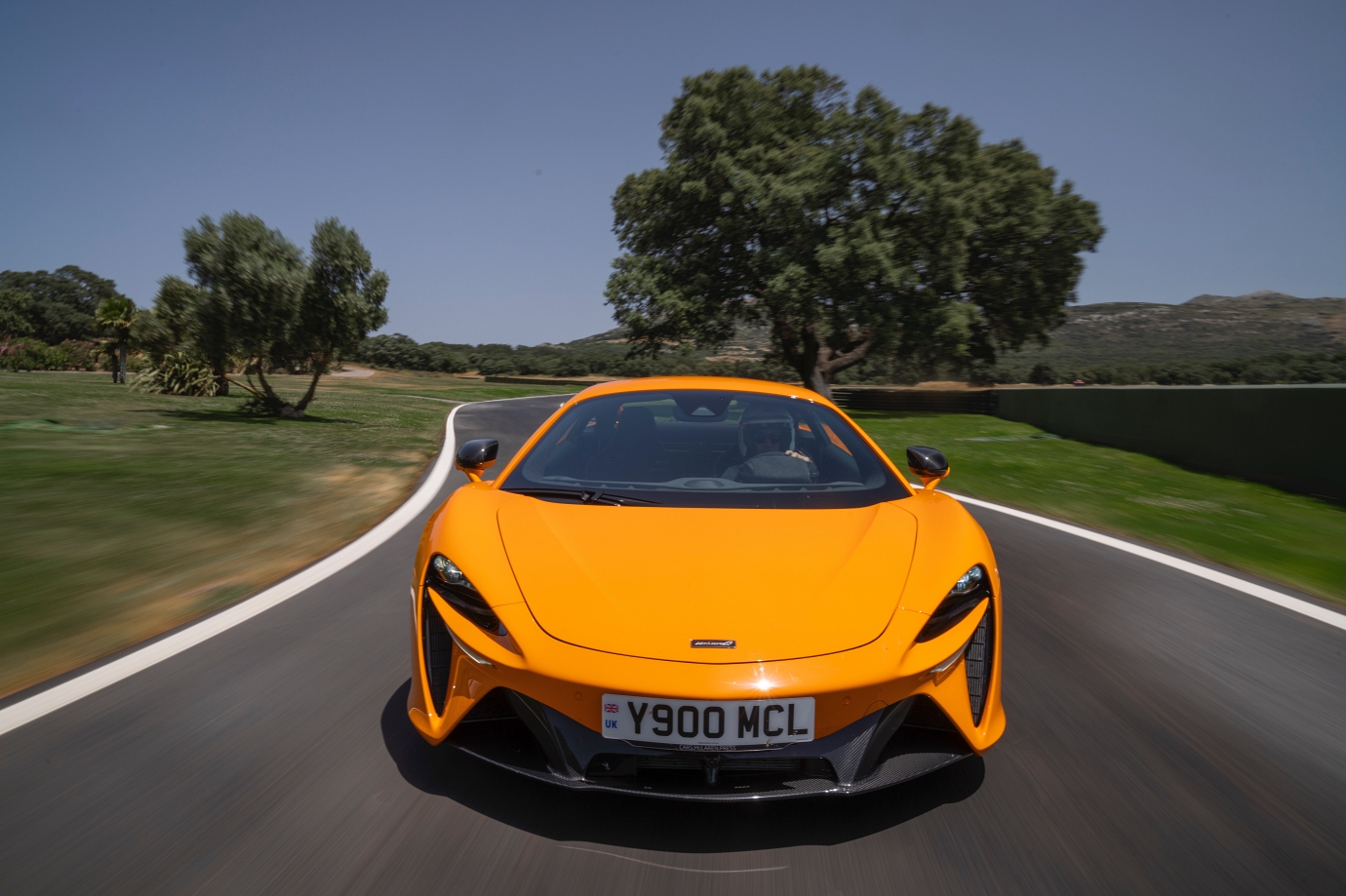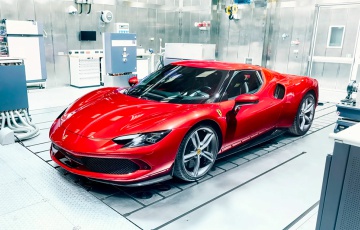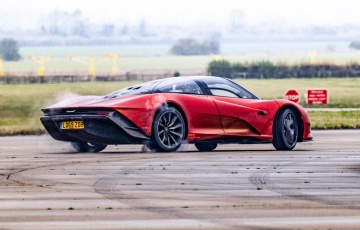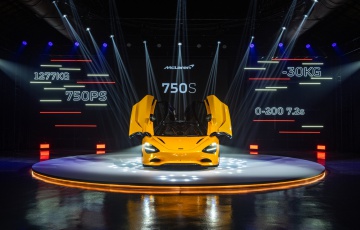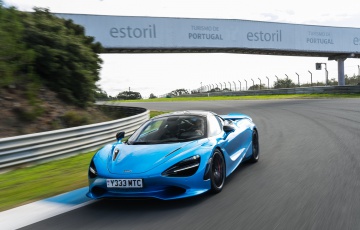McLaren Artura First Drive Review : Art & Soul
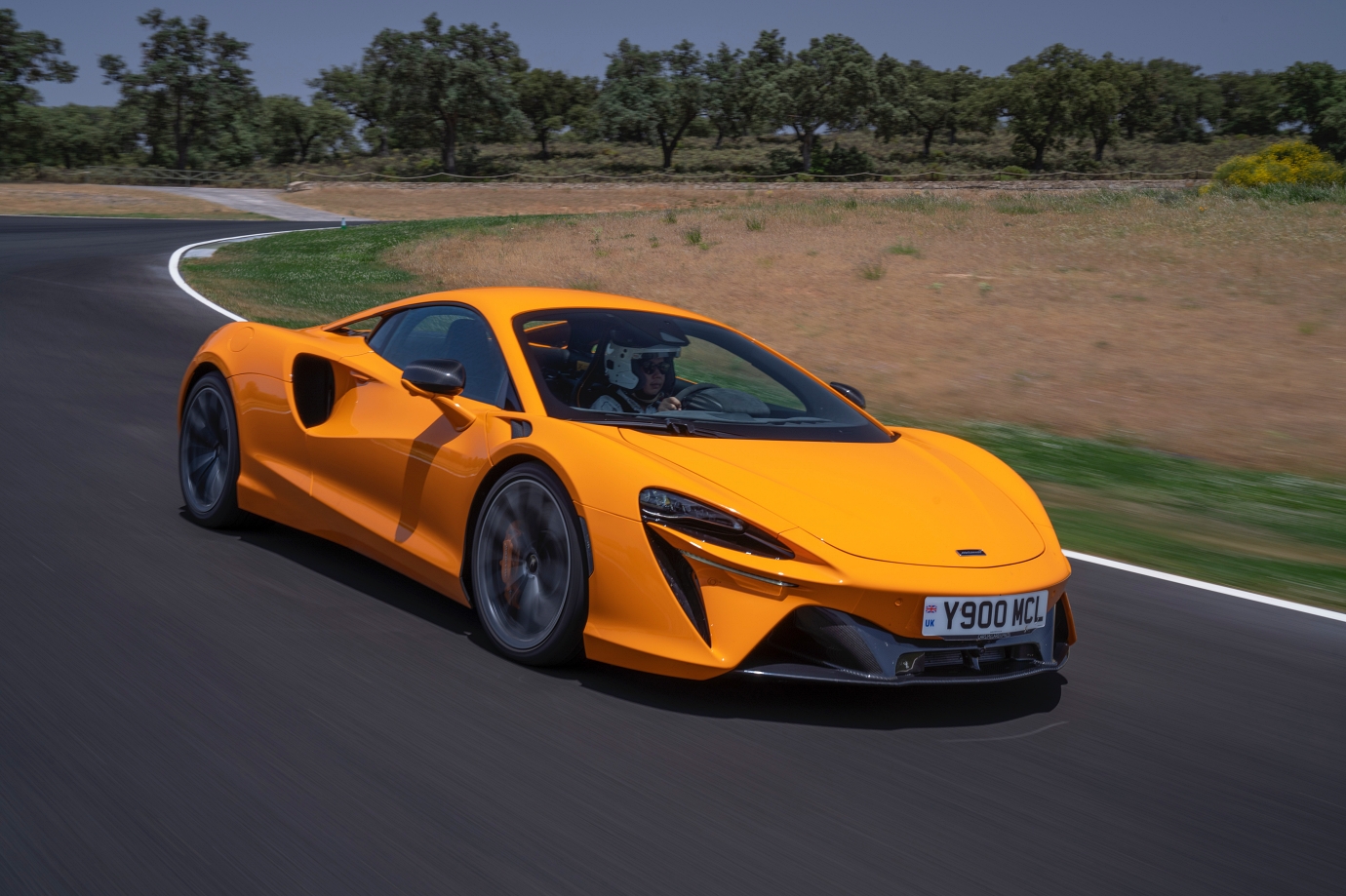
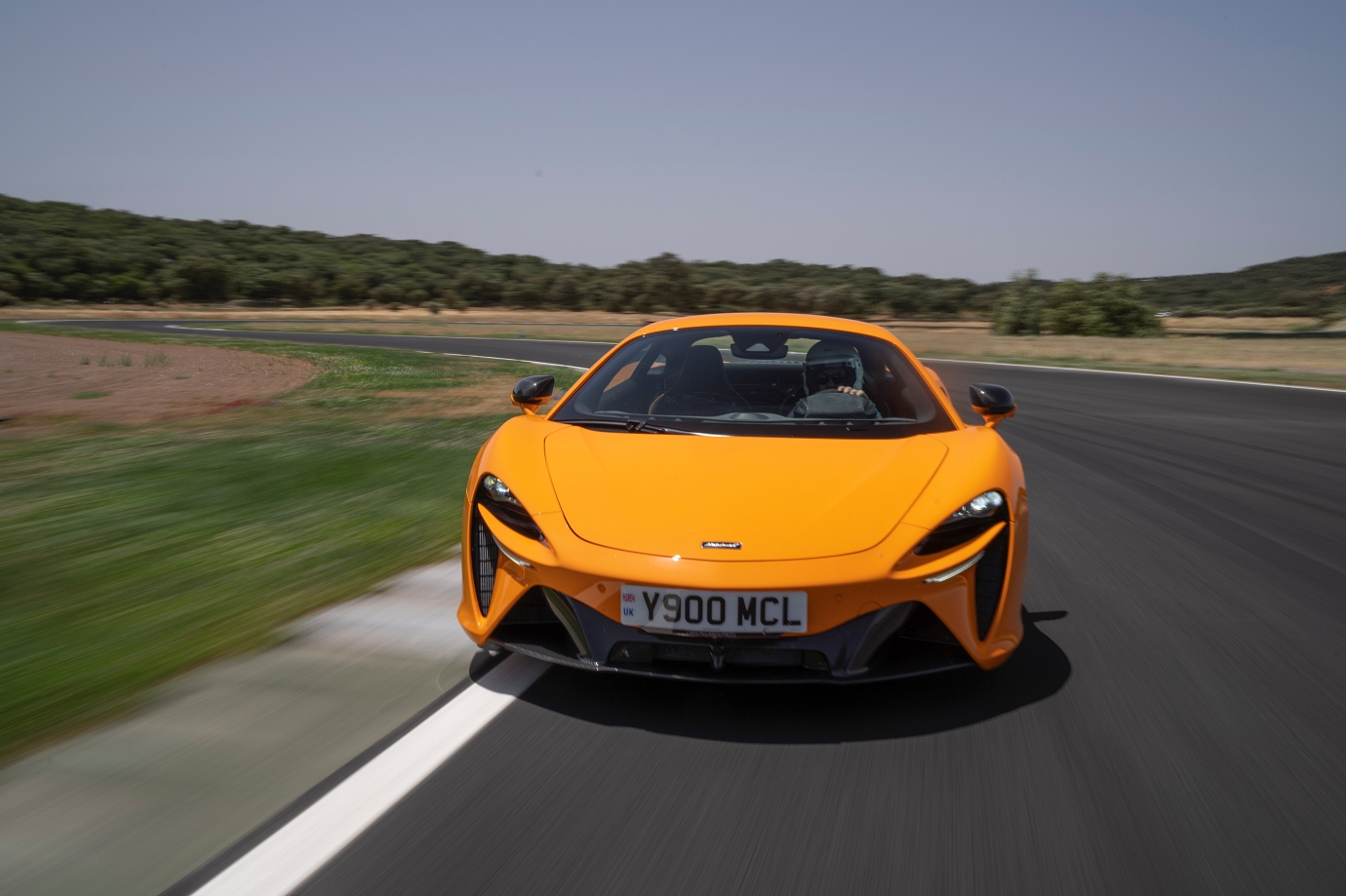
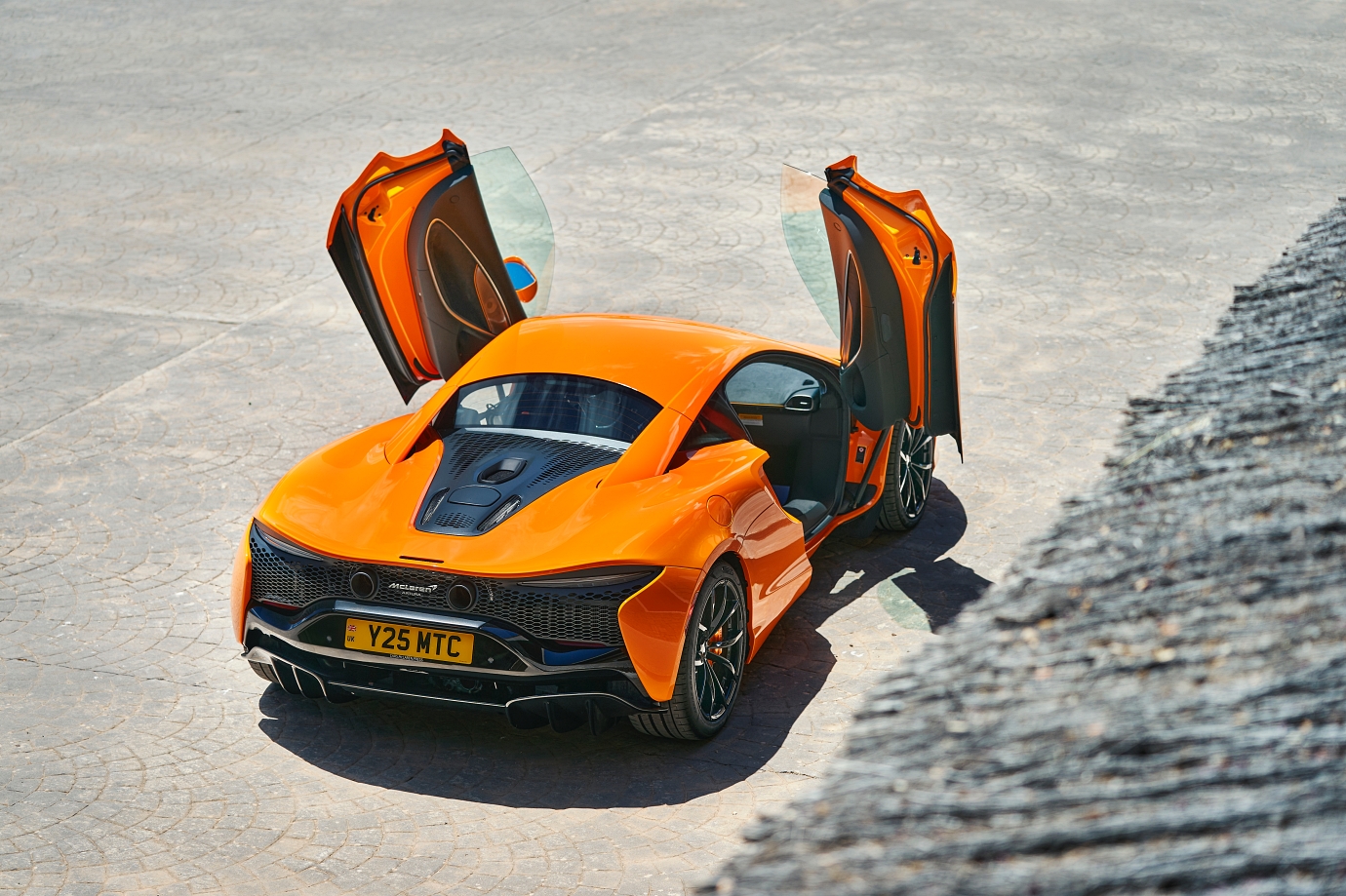
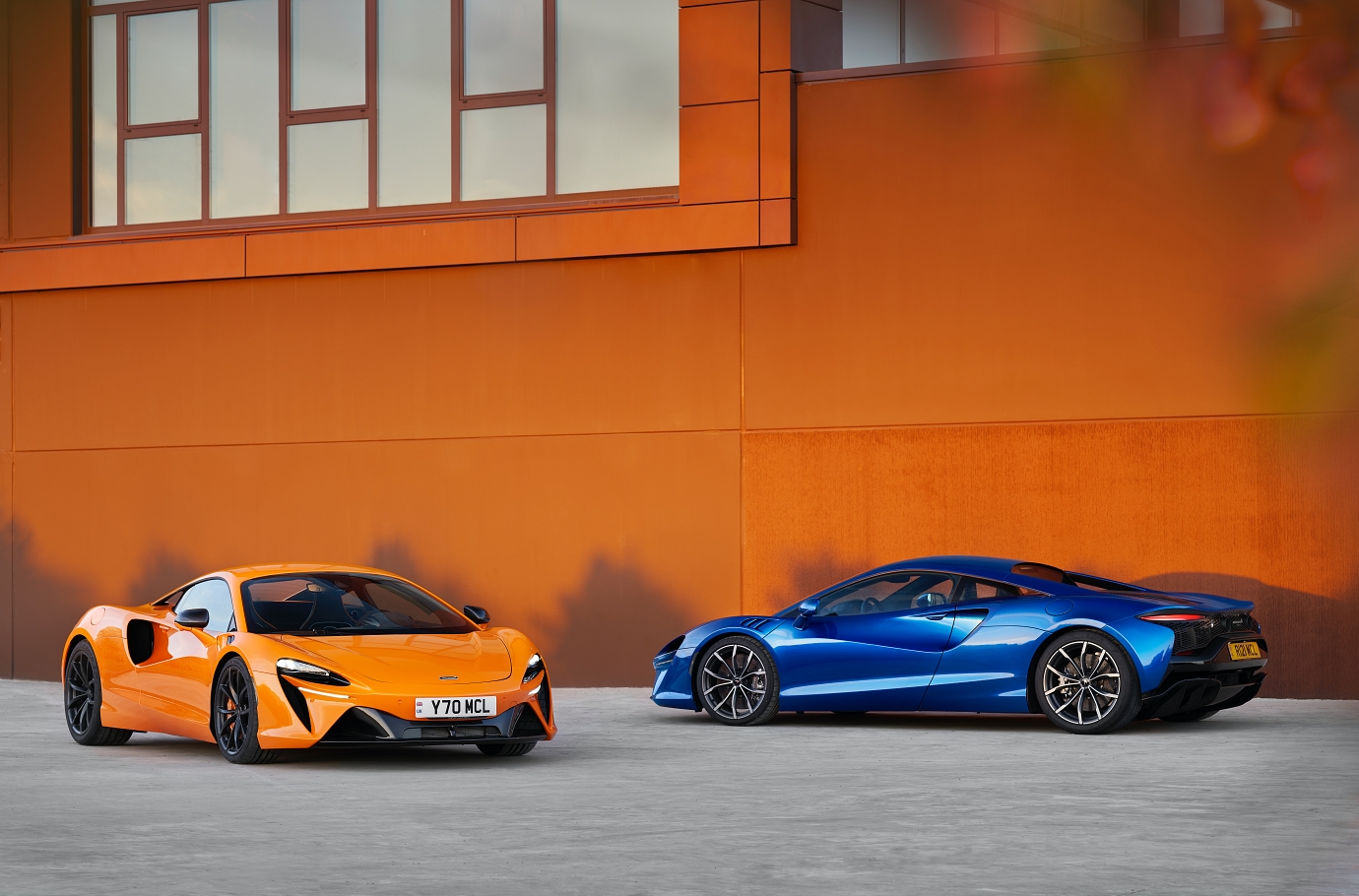
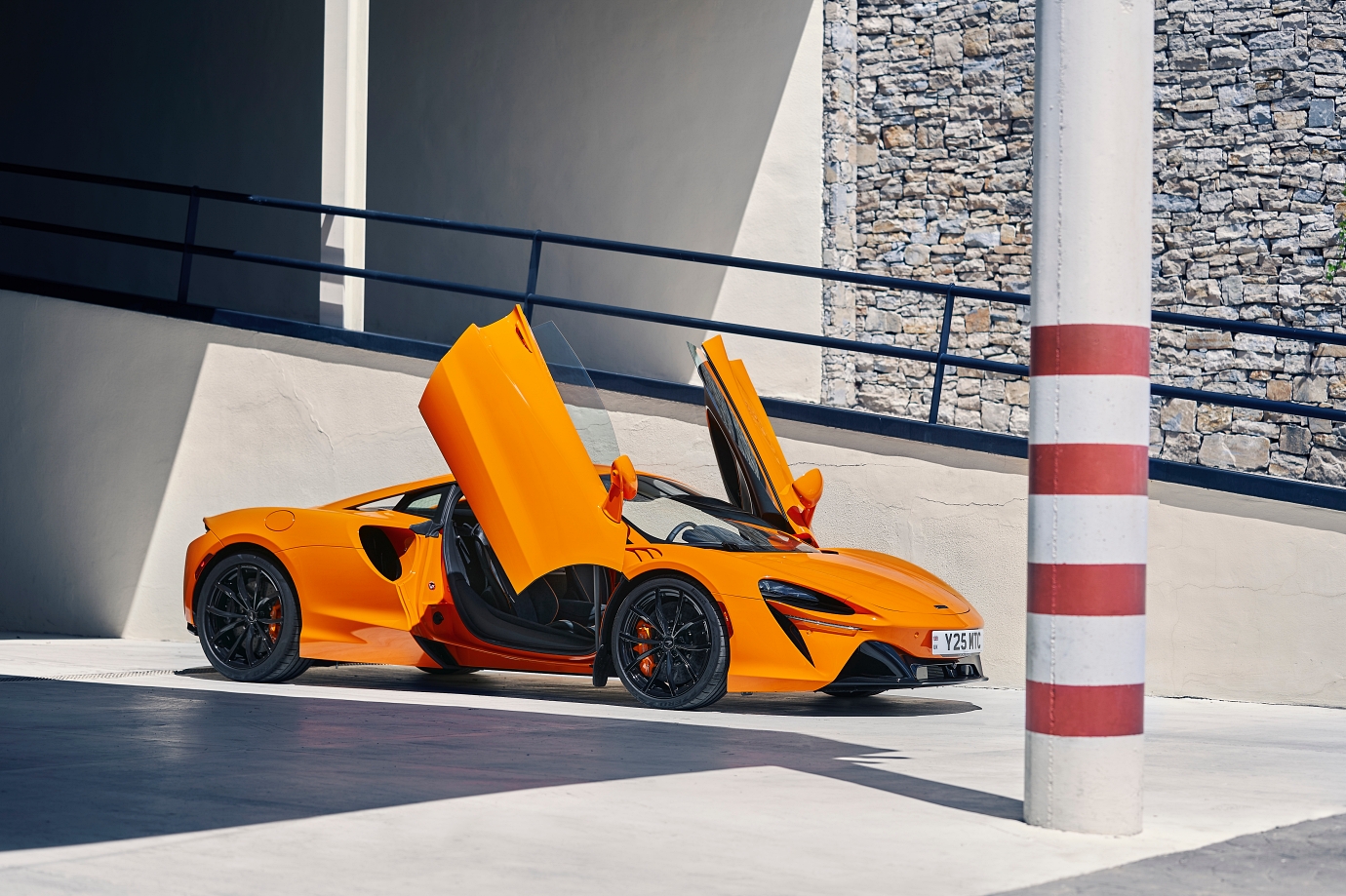
McLaren Artura First Drive Review : Art & Soul
Malaga, Spain - If you’re wondering, ‘Artura’ is a portmanteau of ‘Art’ and ‘Future’ and has nothing to do with Guinness Stout’s series of ‘To Arthur’ advertising campaigns.
And a refreshing pint of stout Stout was exactly what we needed after an invigorating day spent with the McLaren Artura on a combination of serpentine winding roads and the devilishly technical Ascari circuit.
If you haven’t noticed, McLaren has shifted from its technical, alpha-numeric empirical nomenclature (like MP4-12C, 650S, 720S and so on) to actual names for its sportscars, like Senna, Speedtail, Elva, Saber and now, Artura.
Why? We’re told that using the numerals gave rise to certain expectations about its technical performance and each successive model was (naturally) expected to surpass its predecessor in terms of outright numbers, but this shouldn’t be the be-all-end-all.
As long-time readers will know by now, hard numbers tell only a small part of the story. Think of it as reading the back-cover synopsis to any best-selling novel, because the nuances in the full story that transform it from blah to bombastic are lost due to the brevity of the synopsis.
By that token, the bare specs of the Artura are just the tip of the iceberg. Naturally, you’d be tempted to compare it to Ferrari’s recent release, the similarly compact, mid-engined/rear-drive 296 GTB / GTS, which is also powered by a twin-turbo 2.9-litre V6 matched to a 7.4kWh e-motor.
Having driven both the 296 GTB and the Artura on both road and track, we should qualify that save for the fact both brands use e-power to boost performance (as opposed to militantly advancing a clean/green agenda), there are sufficient dynamic differences between the two to help justify the est. S$200k price gap in Singapore.
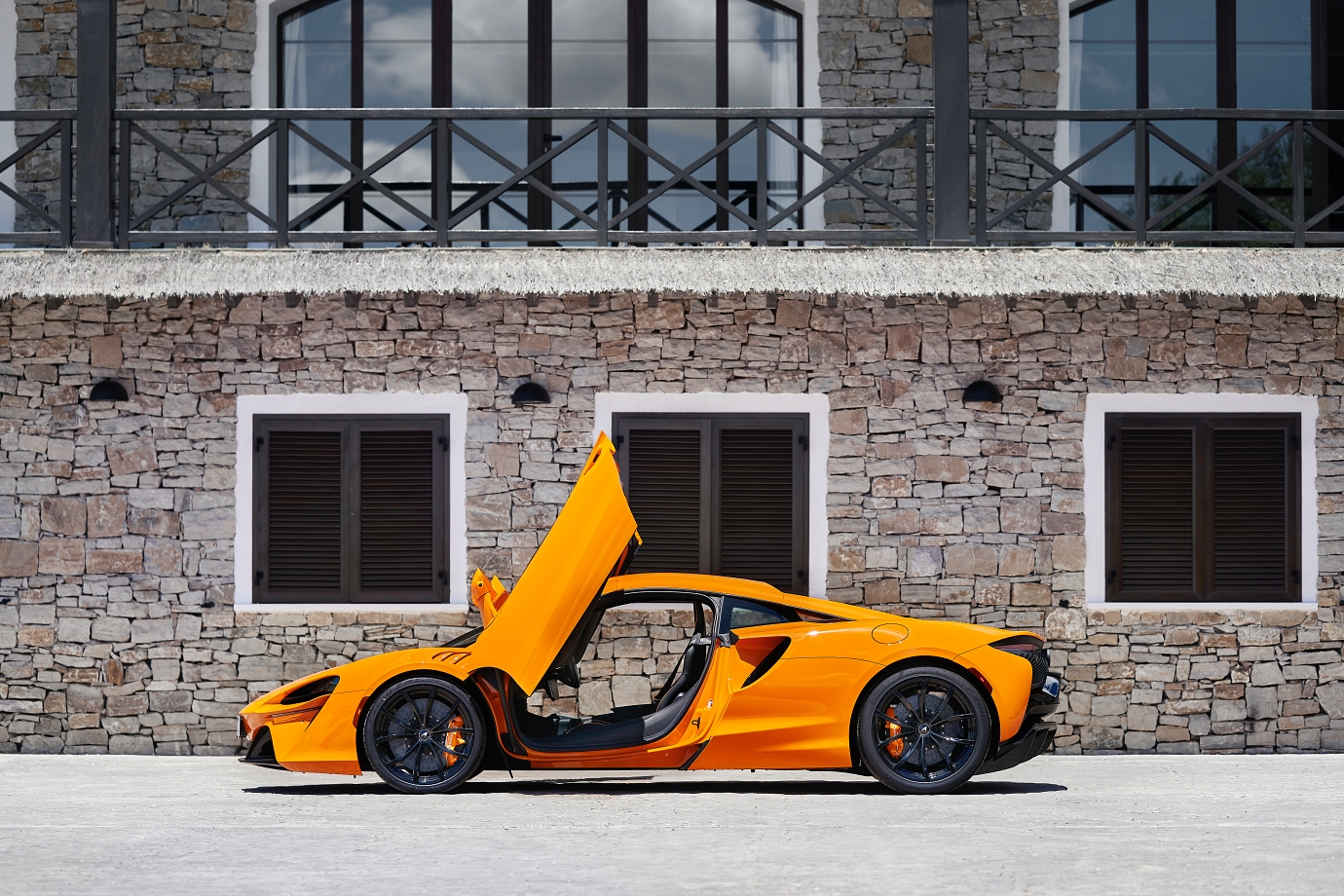
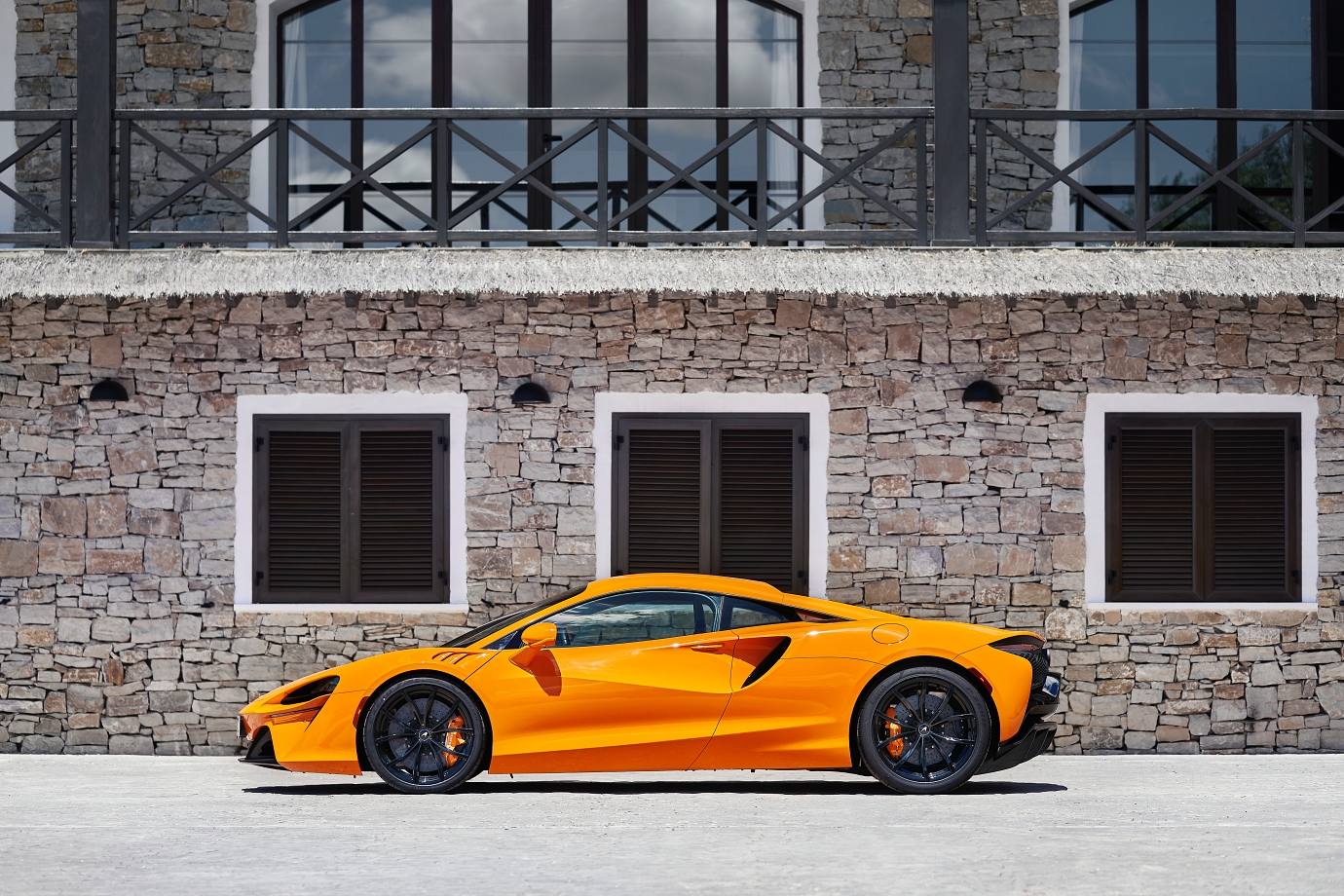
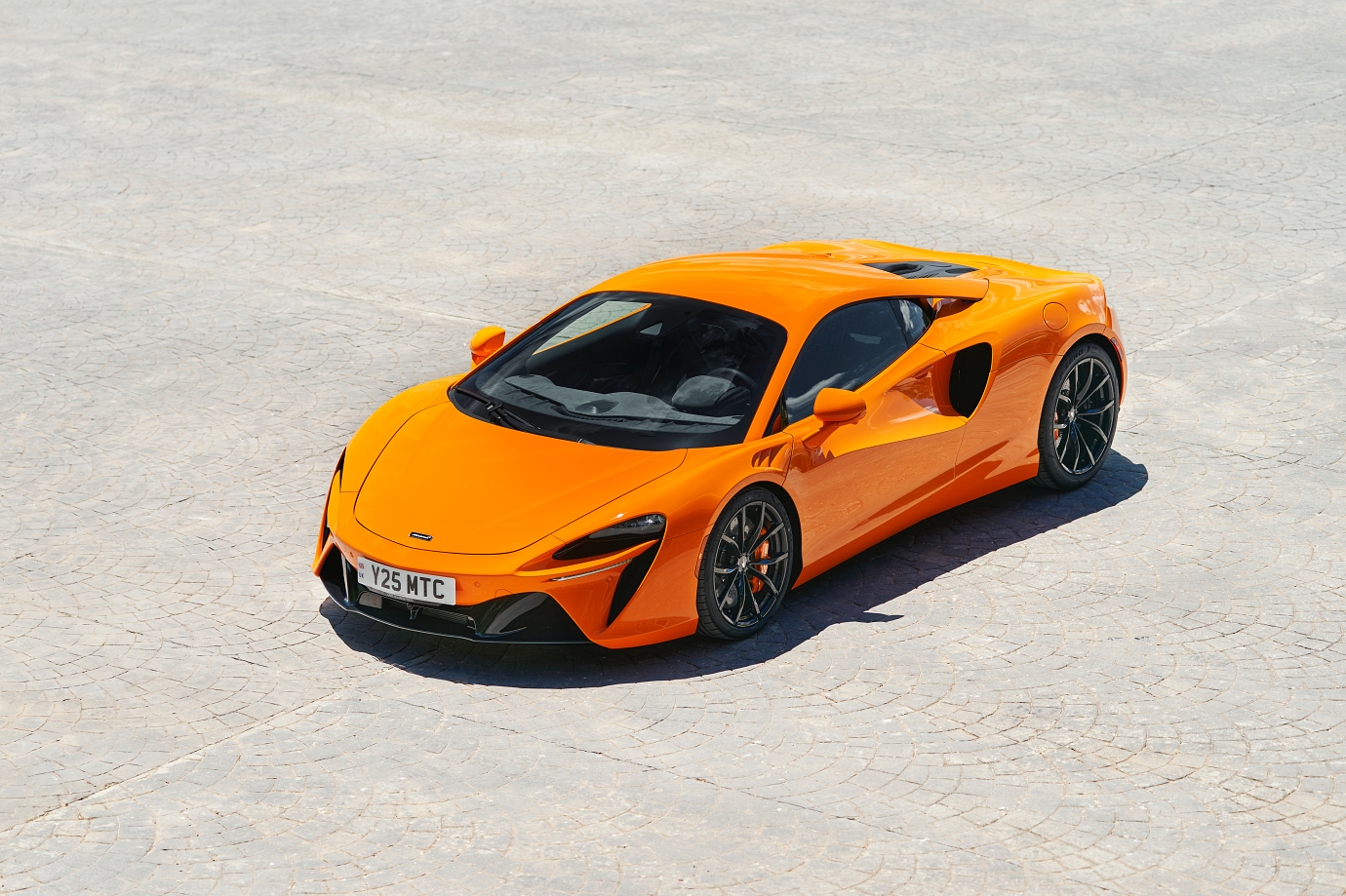
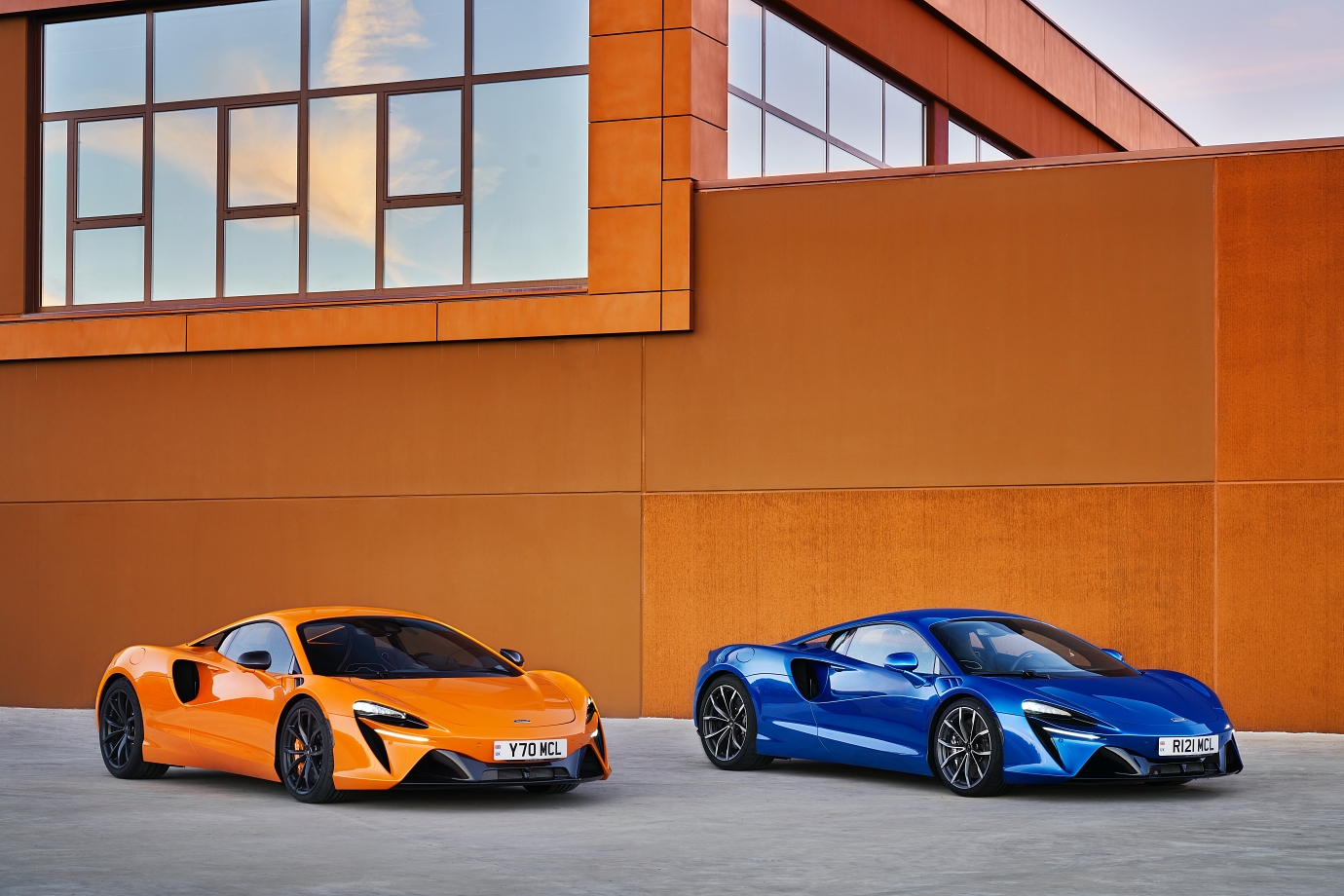
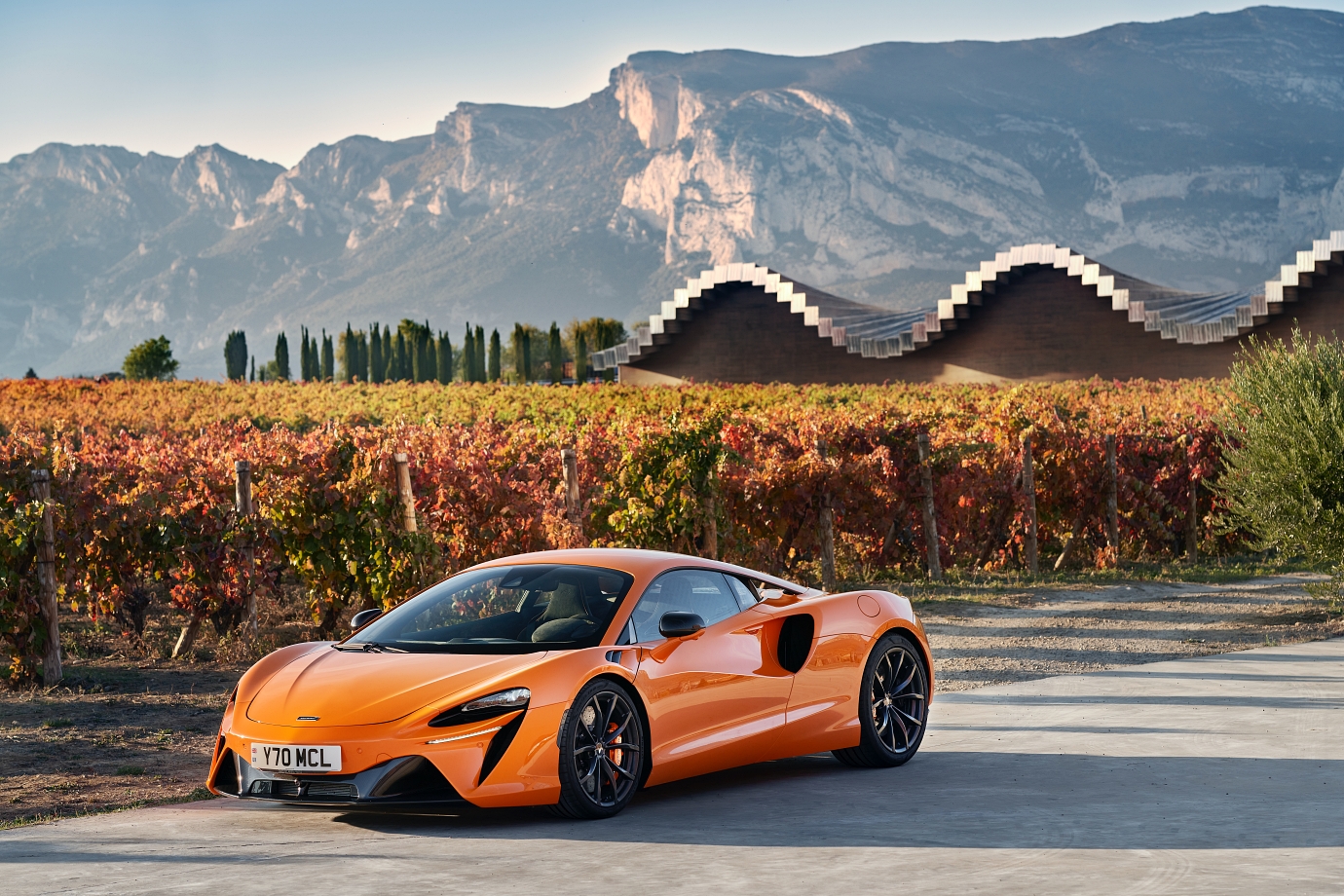
For what it’s worth, the Artura starts from S$1.194m already nicely pre-loaded with almost S$100k worth of options and the 296 GTB, S$1.235m with the basic options package, both quoted without COE and accurate at time of writing.
There’s plenty new on the Artura (we’re told it isn’t a replacement to the 570S – just like the 296 GTB doesn’t replace the F8), with less than a handful of shared parts and bolts with existing McLaren models.
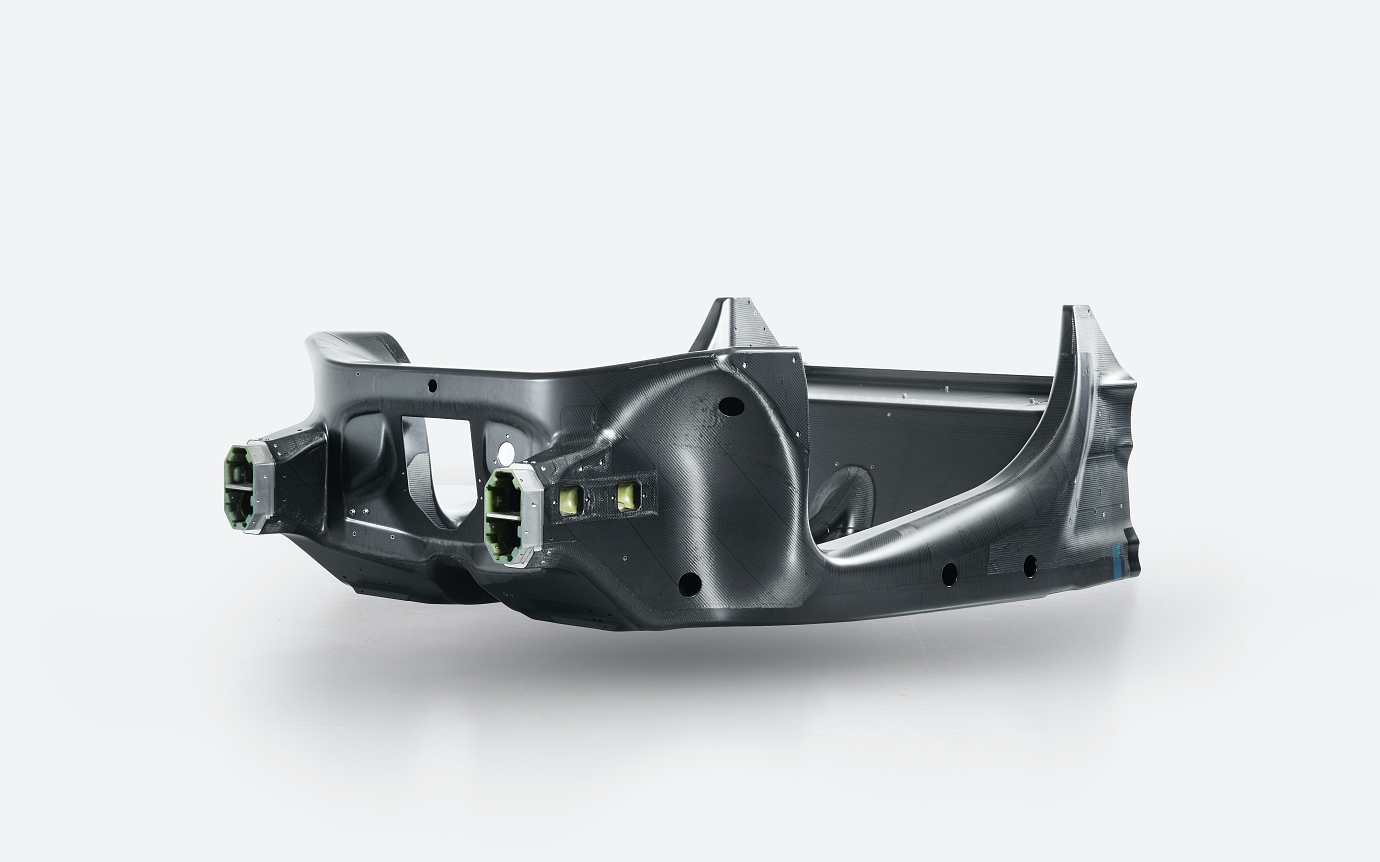
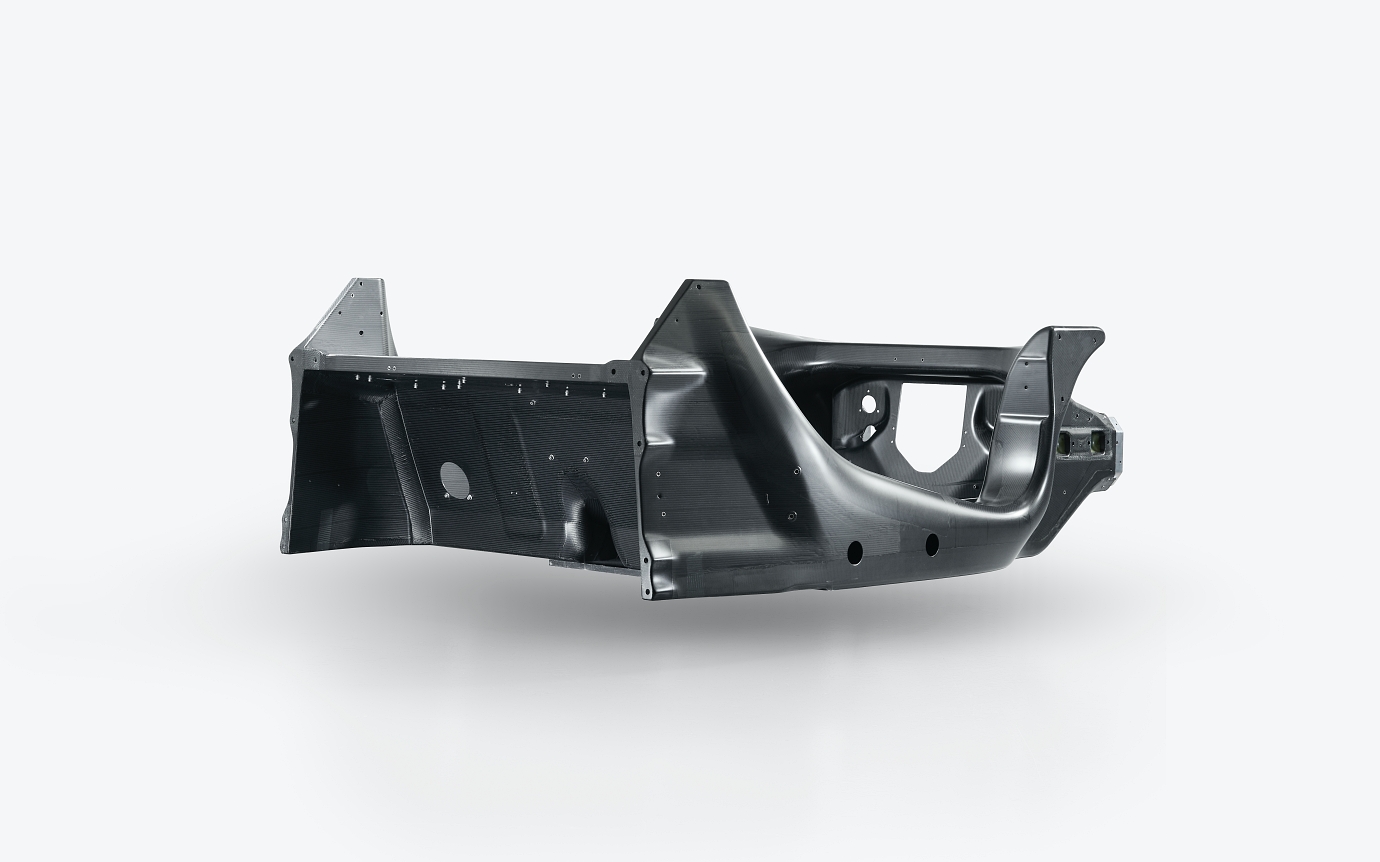
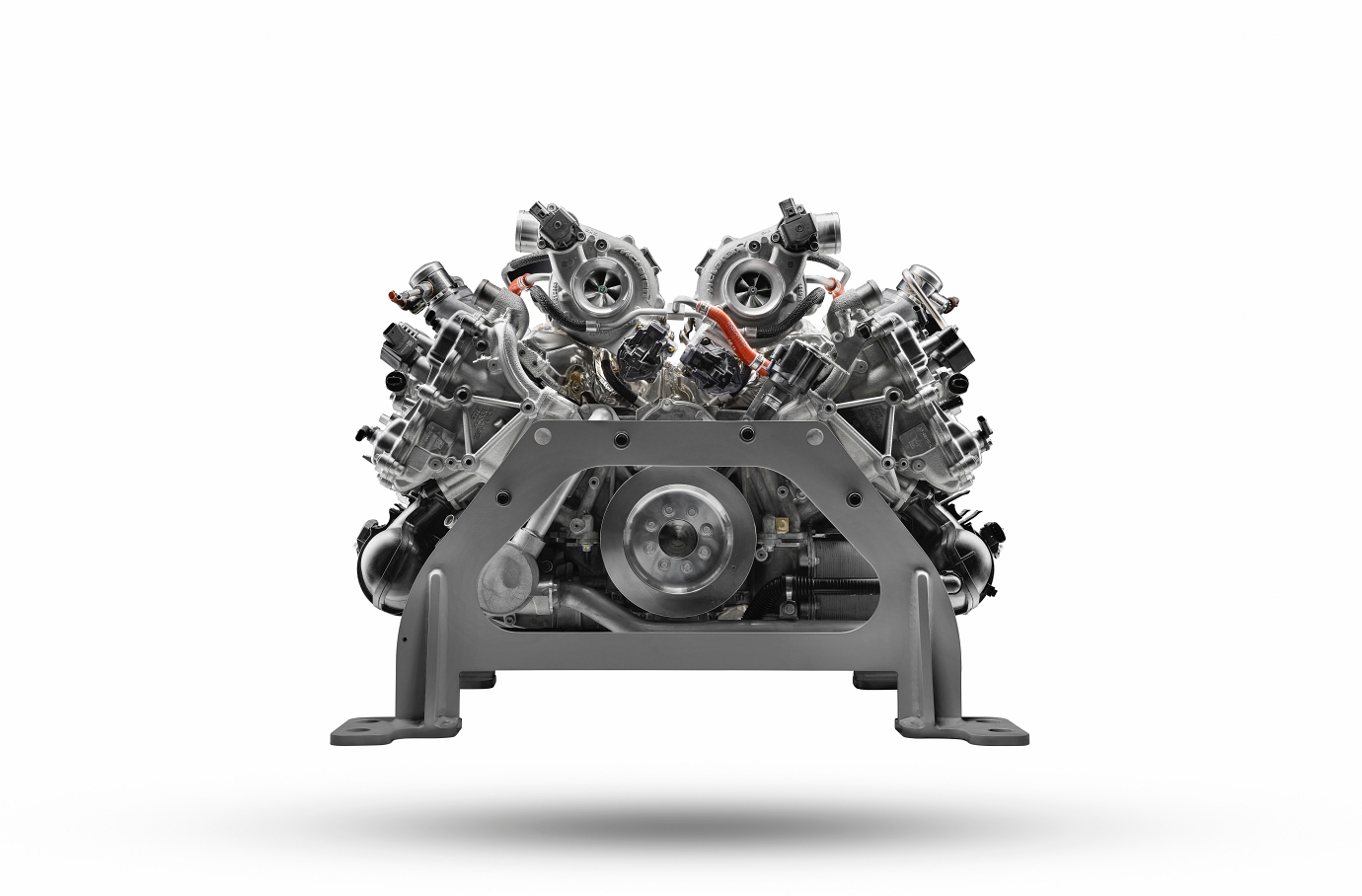
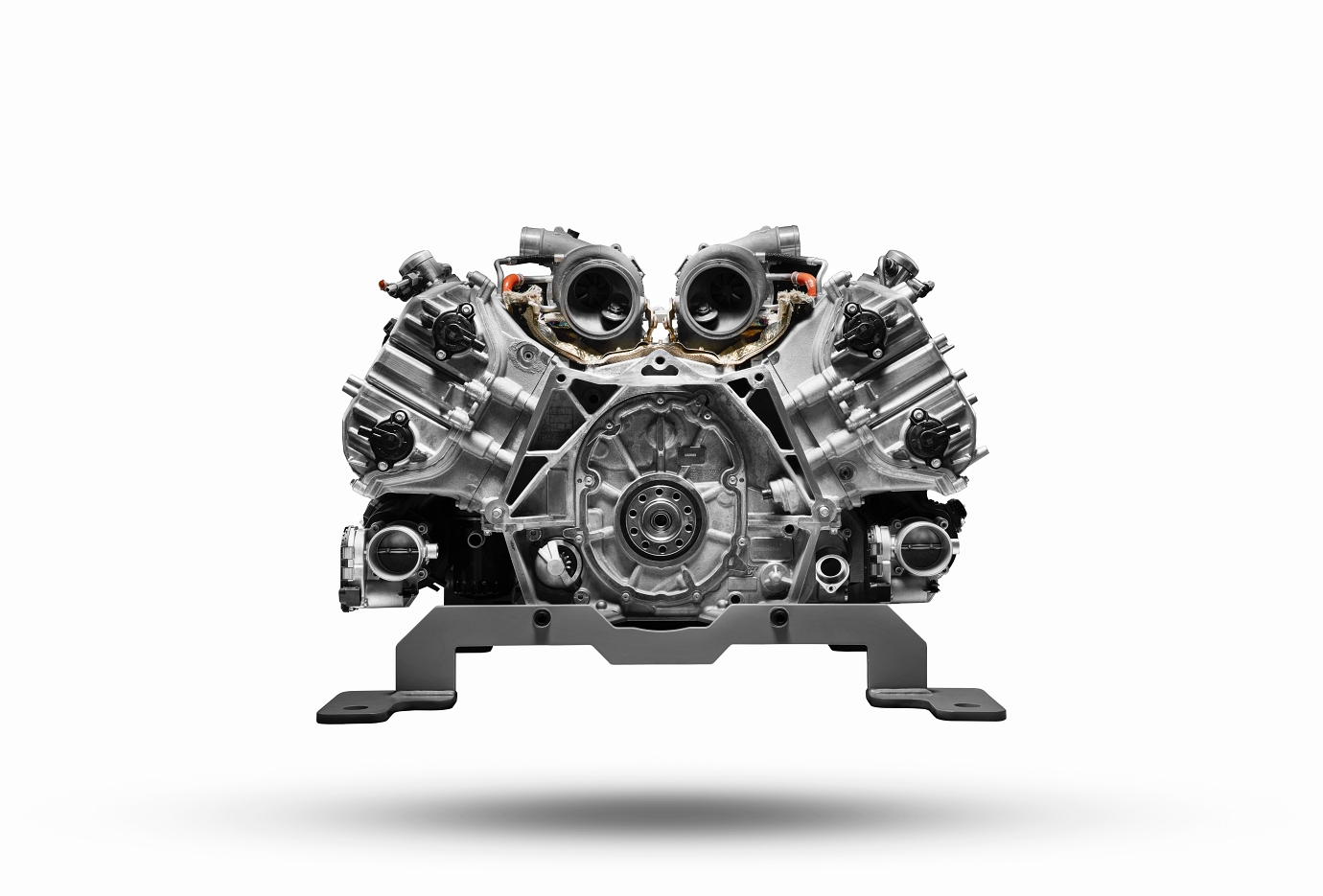
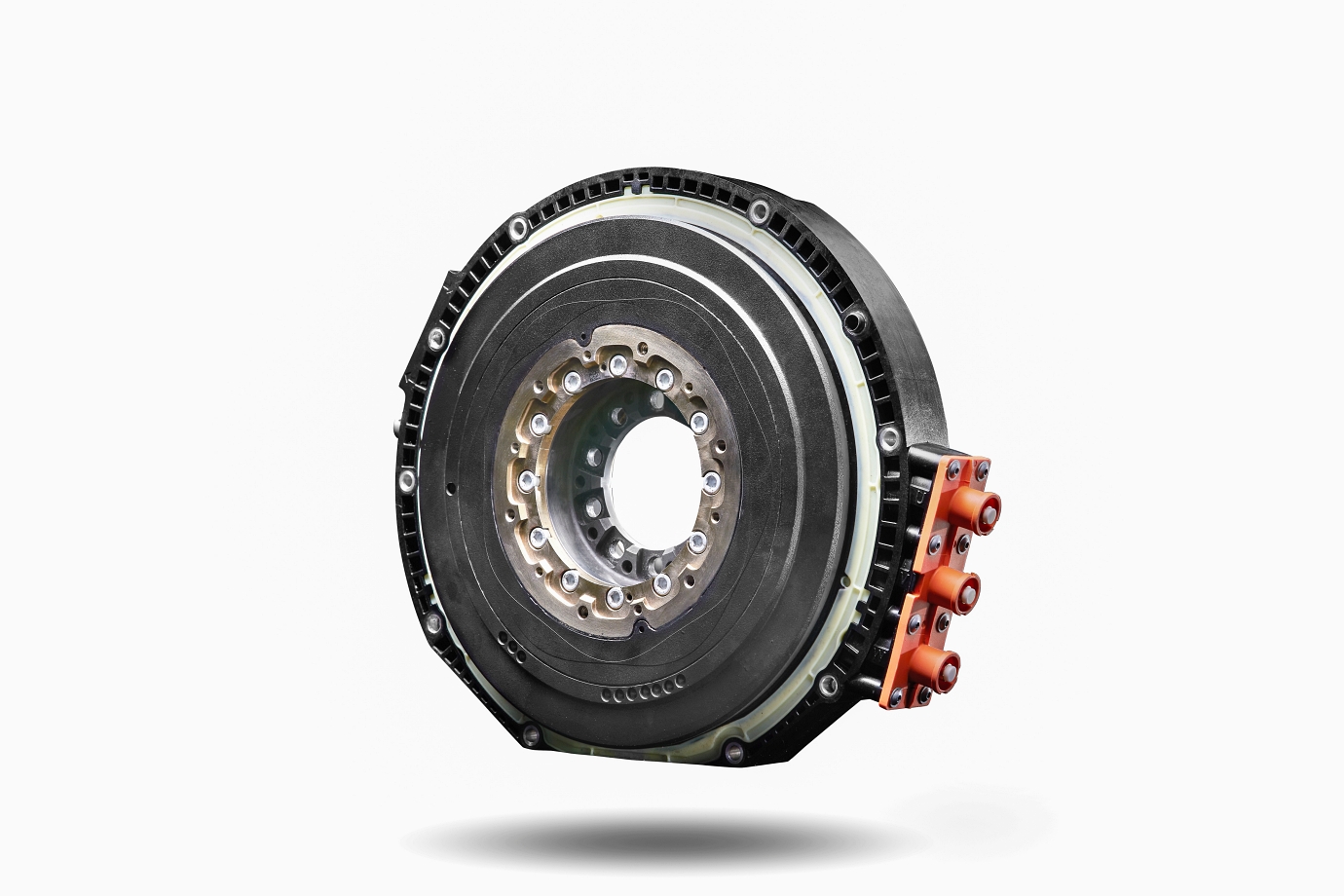
The gorgeous carbonfibre tub returns in MCLA guise (no, it’s not just the first four letters of McLaren, but is short for McLaren Carbonfibre Lightweight Architecture), which is designed to accommodate all the additional hardware that comes with an electric powertrain. The Artura is the first McLaren to use MCLA, which is designed and produced in-house at the McLaren Composites Technology Centre in Sheffield, UK.
The M630 3.0-litre V6 at the heart of the Artura features a 120-degree V with twin mono-scroll turbos placed in a ‘hot-in-Vee’ configuration for sharper, scalded-cat responses.
The axial flux electric motor is a compact 15.4kg unit that generates 95hp and up to 225Nm to work as a torque filler, as it not only bludgeons you with a fat wedge of torque from low-down in the engine’s power-band, but also provides a punchy boost to the ICE’s efforts. Combined, the system produces a total output of 680hp and 720Nm, which is good for a 3.0secs 0-100km/h time and 330km/h top speed.
We reckon the twin-turbo hybrid V6 will likely see service across the span of the ‘new’ McLaren line-up in different degrees of power output, just like the V8 from before was offered in varying states of tune across the current (and outgoing) Sports and Super Sports models.
So if this Artura represents the ‘baby footsteps’ of the new electrified range, there’ll likely be more powerful and/or hardcore models in the pipeline.
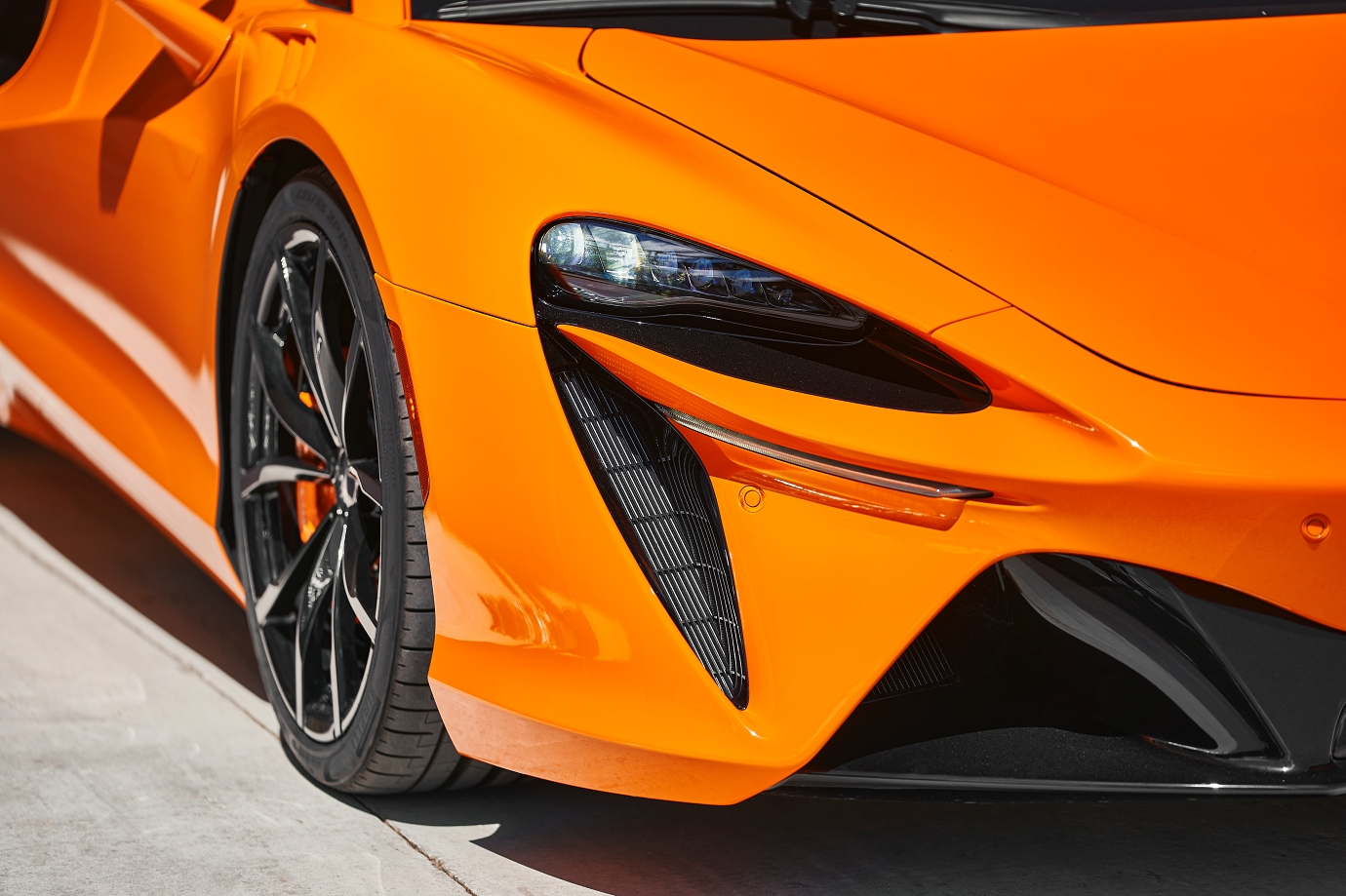
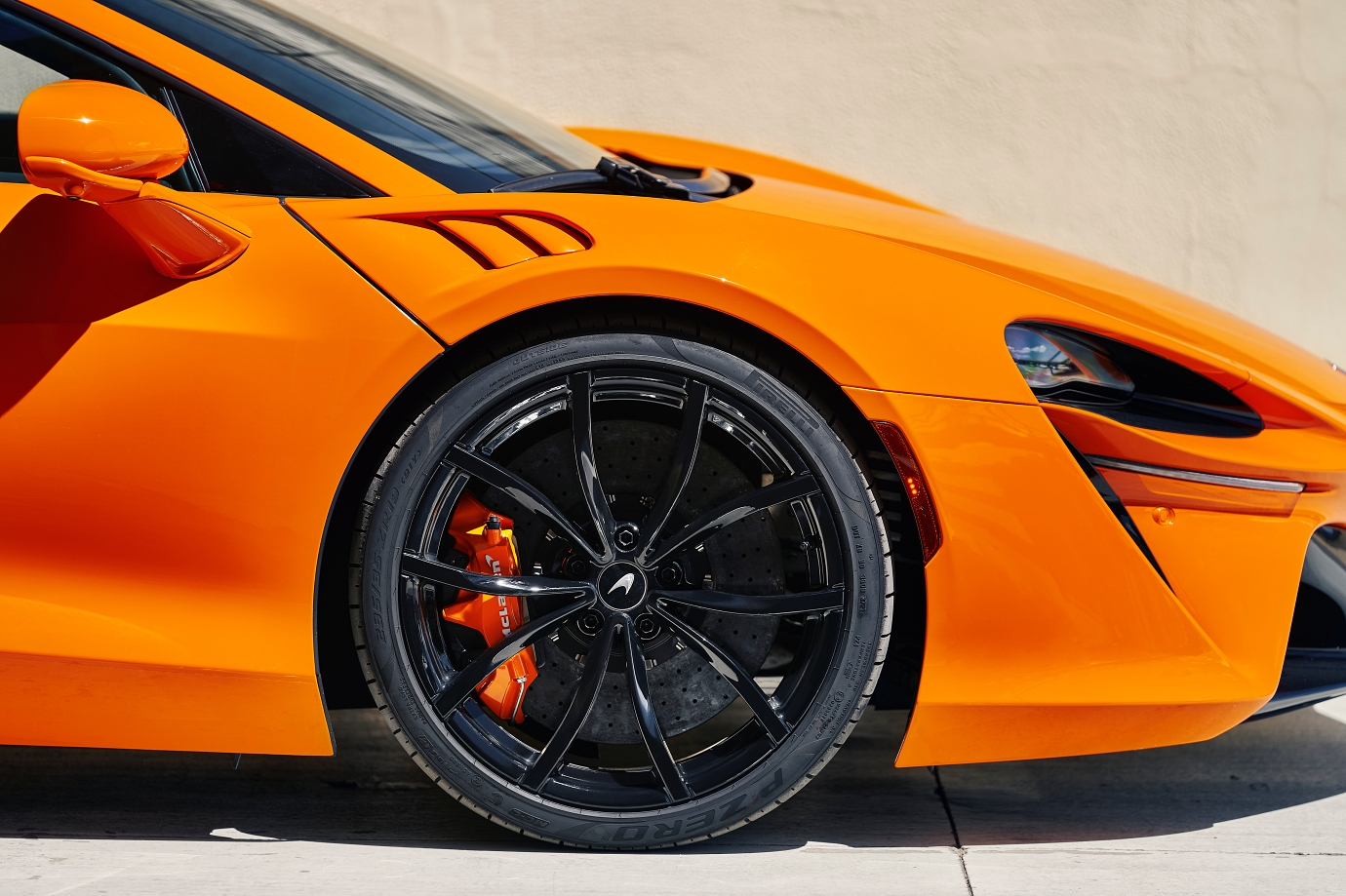
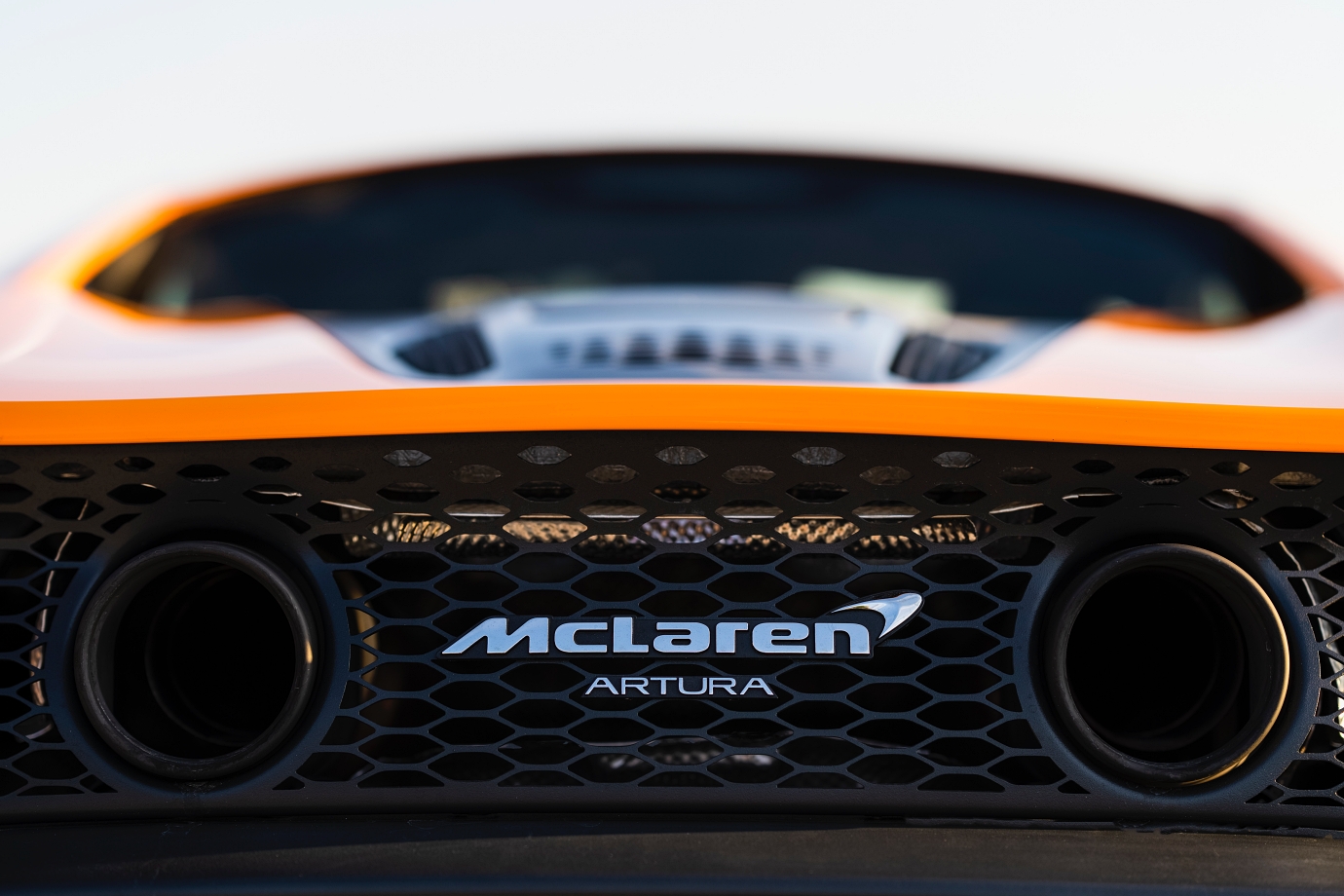
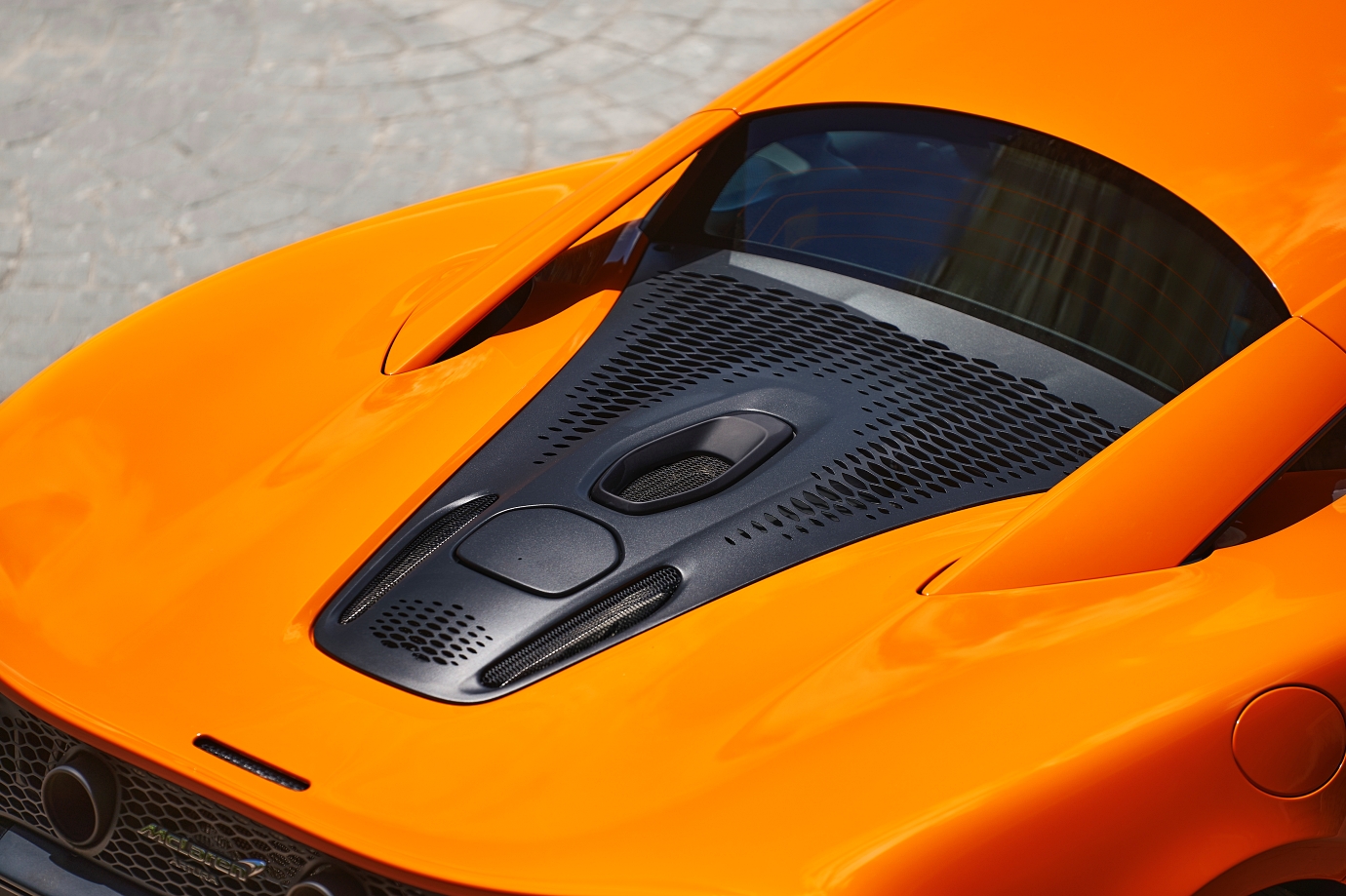
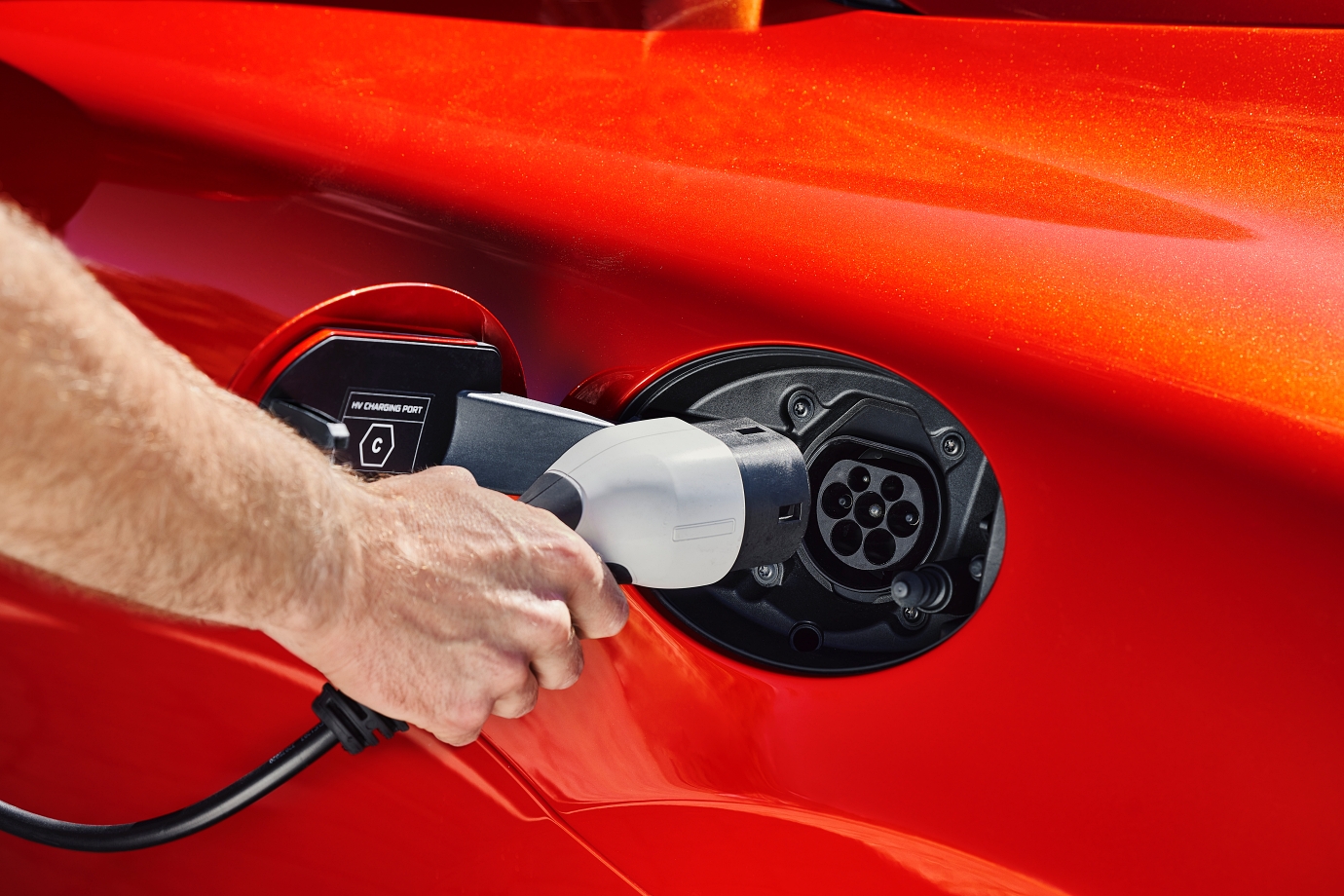
The use of Superforming allows the creation of more complex and fluidly organic contours. With just eight exterior panels, there are fewer shut-lines to help the Artura achieve a purity in design.
There’s nothing superfluous about anything though, because from flying buttress to signature ‘hammerhead’ line, every single design element of this kinetic sculpture is finely honed by the exacting science of speed and performance.
When we first saw the Artura, the first thing a lot of us spotted was the stubby powertrain chimney, a cool feature that sits on the engine-lid and helps vent the immense heat generated by the turbos into the atmosphere.
The Artura adheres strictly to McLaren’s ‘lightness of being’ philosophy, as opposed to merely winding up the powertrain’s output in the increasingly academic horsepower arms race. For instance, 50kg has been shaved just by switching from the familiar V8 found in the previous McLaren models to the V6 in the Artura.
You’d think that as petrolheads, we’d be rabidly anti-hybrid with regards to a sportscar application. However, it might surprise you to learn we’re firm believers in the electric revolution – for instance, EVs are great for urban commutes – although what’s more relevant is the instant hit of electric torque that accompanies such a powertrain.
When the urgency of an electric powertrain meets and is matched to a potent ICE, there’s the potential for all sorts of operatic fireworks… and the Artura is no exception. With the Artura, McLaren makes no bones about the fact that the axial flux e-motor is tuned to deliver maximum performance in tandem with the ICE – This is the Way!
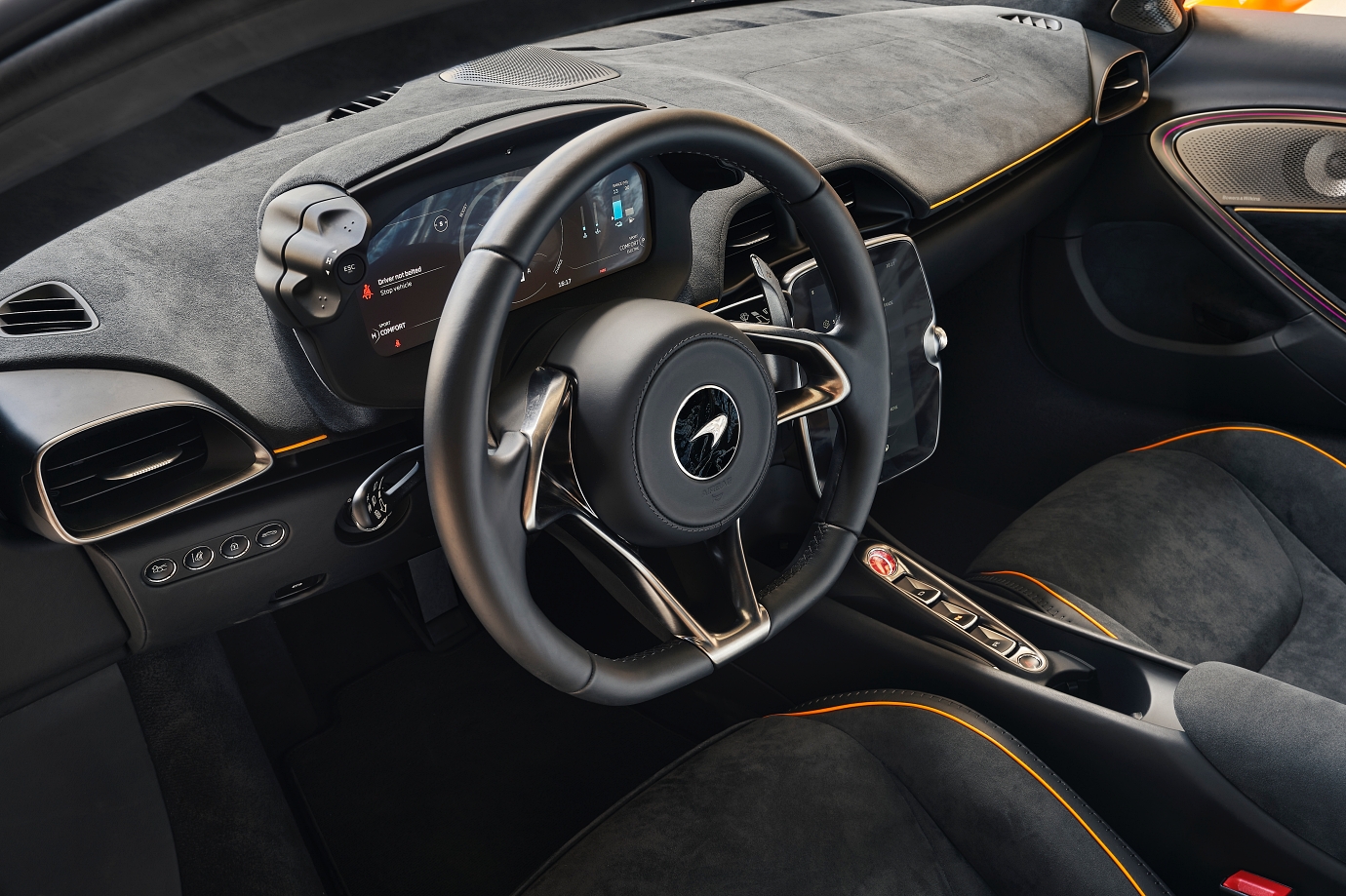
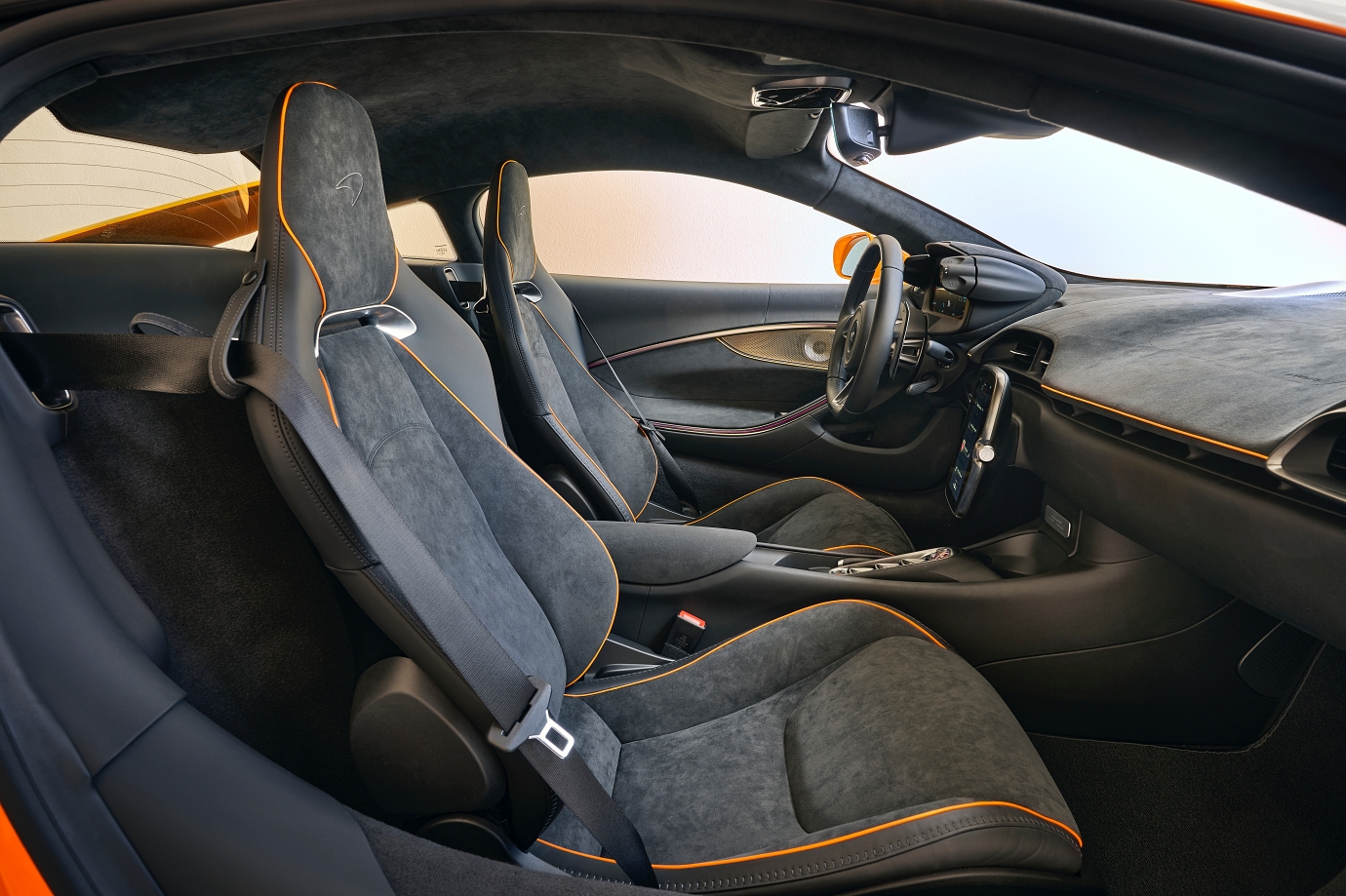
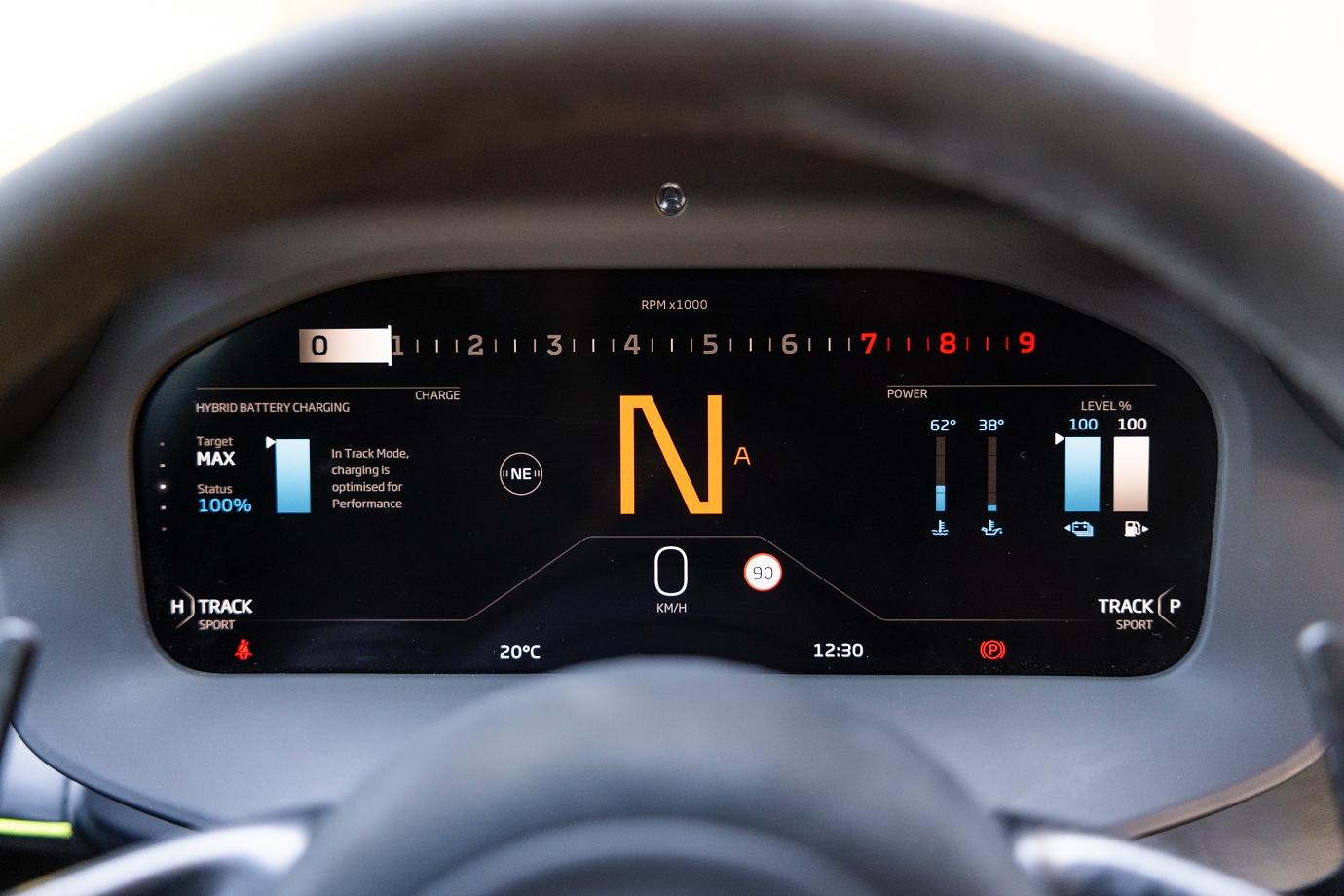
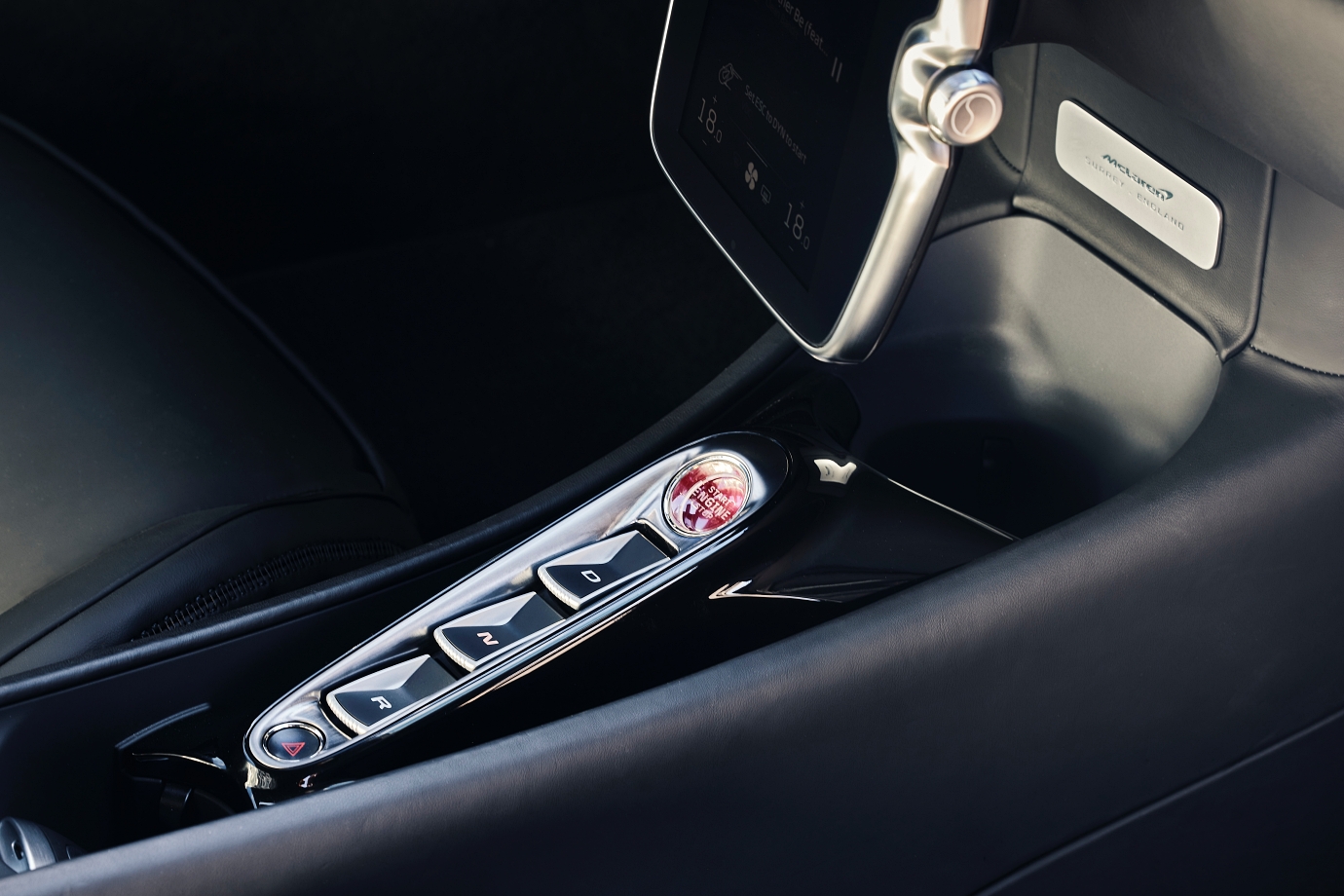
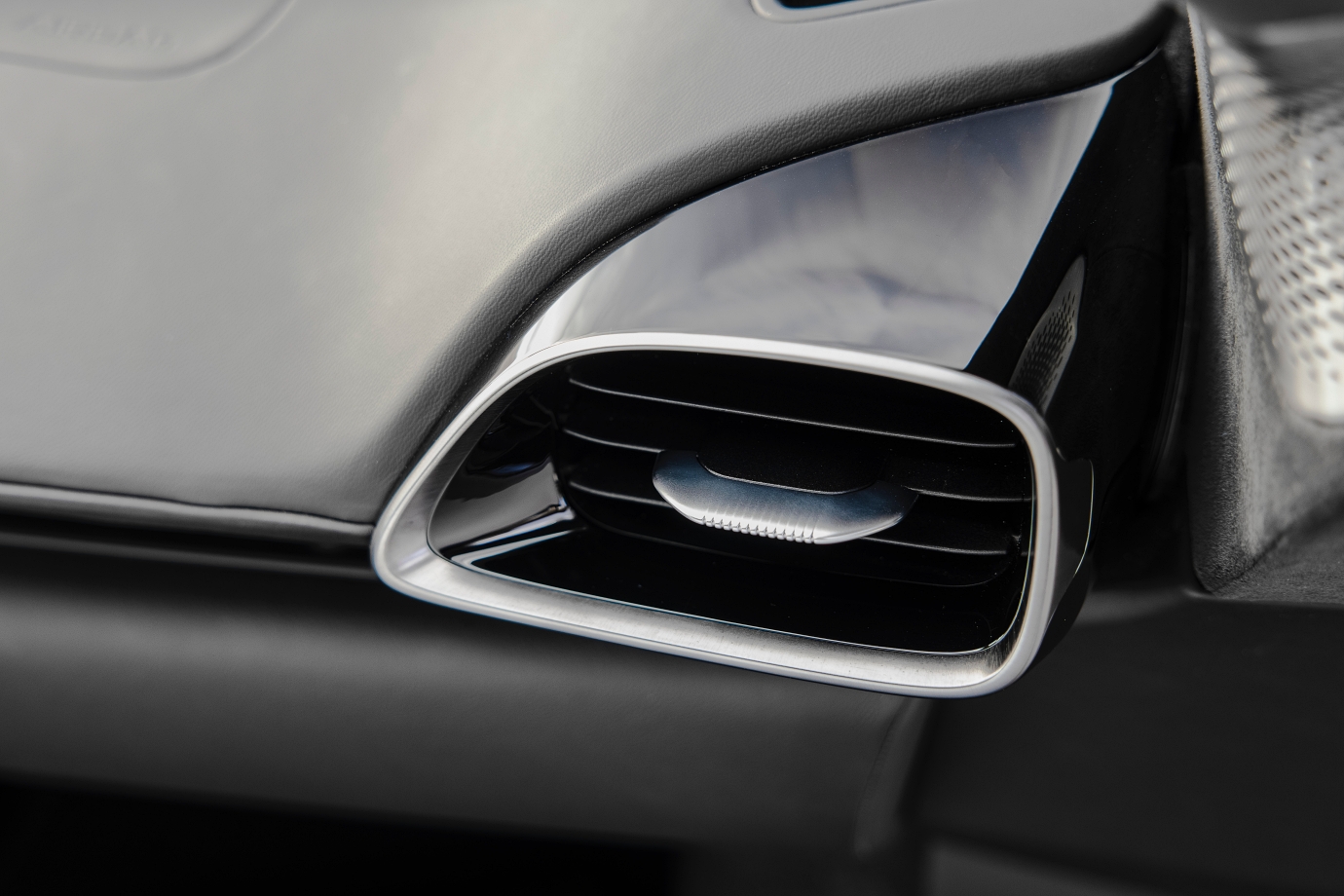
There are some changes to cabin ergonomics – instead of the centrally-positioned Active Panel in models up to the 720S to toggle through Engine and Transmission settings, the Artura has it on either side of the instrument binnacle, just like we first saw on the Elva.
McLaren has resisted placing controls on the steering wheel, because it feels the steering wheel shouldn’t be so overly cluttered as to distract the driver from the act of driving. At its new location, it’s an easy stretch to the switchgear and no longer requires taking one’s eyes off the road to fiddle around with the centre touchscreen. However, the VDC (or Variable Drift Control) settings are still controlled via the screen.
The Artura hums to life in Electric and you can toggle between ‘E’, Comfort, Sport and Track modes, with the first being the ‘new’ mode in McLaren’s first series production hybrid sportscar.
In full-electric mode, it’ll zip around at up to 120km/h over a maximum range of 30km – great for coming home late at night and leaving early in the morning.
‘Fun’-wise, McLaren has unapologetically retained hydraulic steering on the Artura, as well as applied a new double wishbone set-up for the rear, which perfectly complements the new E-diff for engaging driver dynamics.
There’s a fat, flat wave of usable torque to surf on as you’re cruising the long sweeping bends and even though it plays the role of grand tourer so convincingly, it serves up a lot more than that, because the Artura can tackle tight and winding corners with wild abandon and ferocious tenacity.
Driven in anger, the steering feel at the helm is fluid and organic and a lot of this is also thanks to the bespoke Pirelli PZero rubber we had for the road drive (the Artura was shod in even stickier PZero Corsas for our track drive).
Why ‘bespoke’? The PZero and PZero Corsa tyres on the Artura are part of Pirelli’s ‘Cyber Tyre’ range that has been engineered to integrate directly into the McLaren’s OS. The Cyber Tyre range features a chip in each tyre that generates real-time data and relays it to the car’s stability control systems to optimise tyre performance.
There’s a nice cohesiveness to having the tyres’ vital stats integrated and displayed through the car’s operating system, because it looks a lot better than a tacked-on aftermarket item, especially in a car that operates in the million dollar segment.
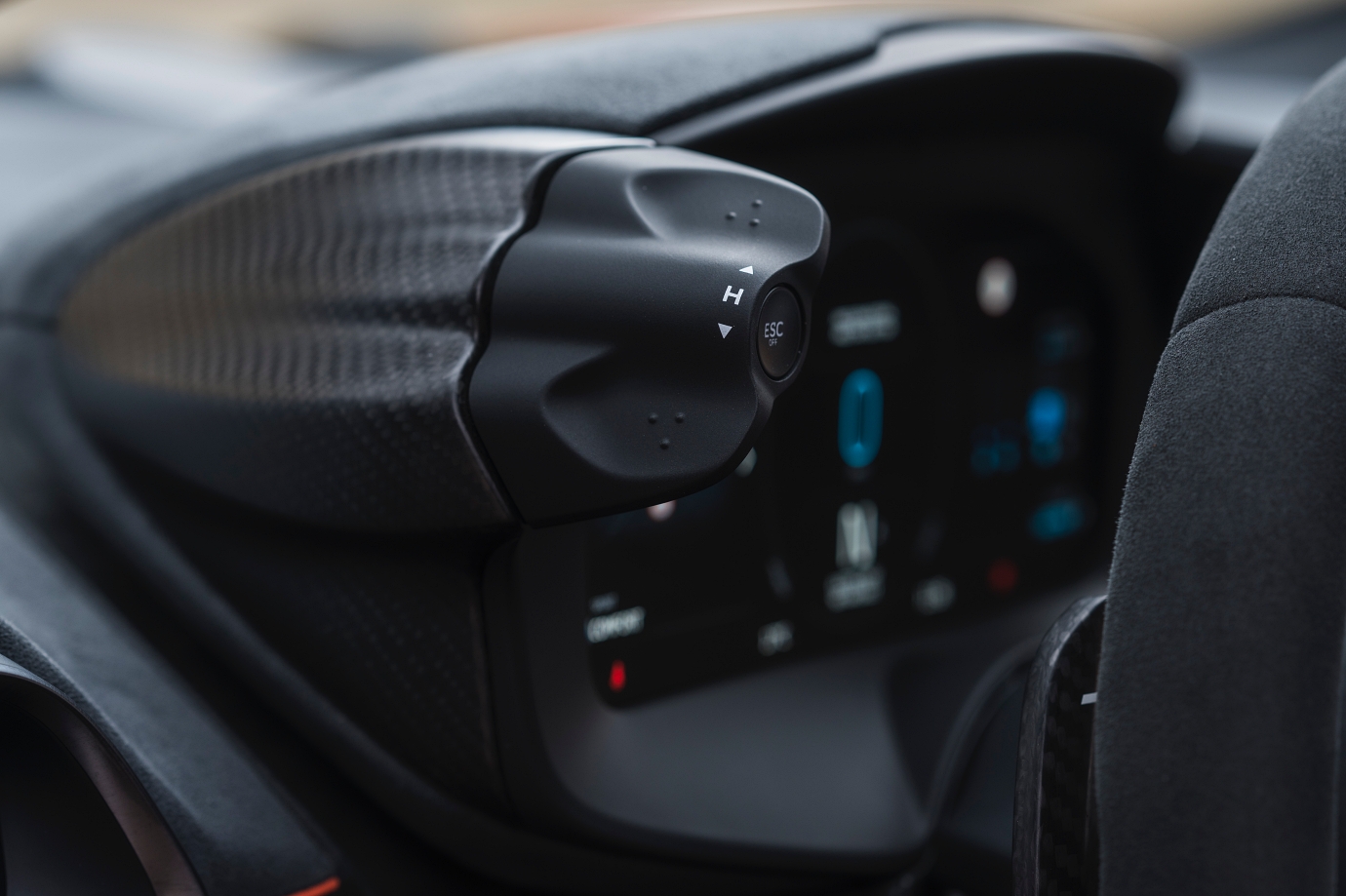

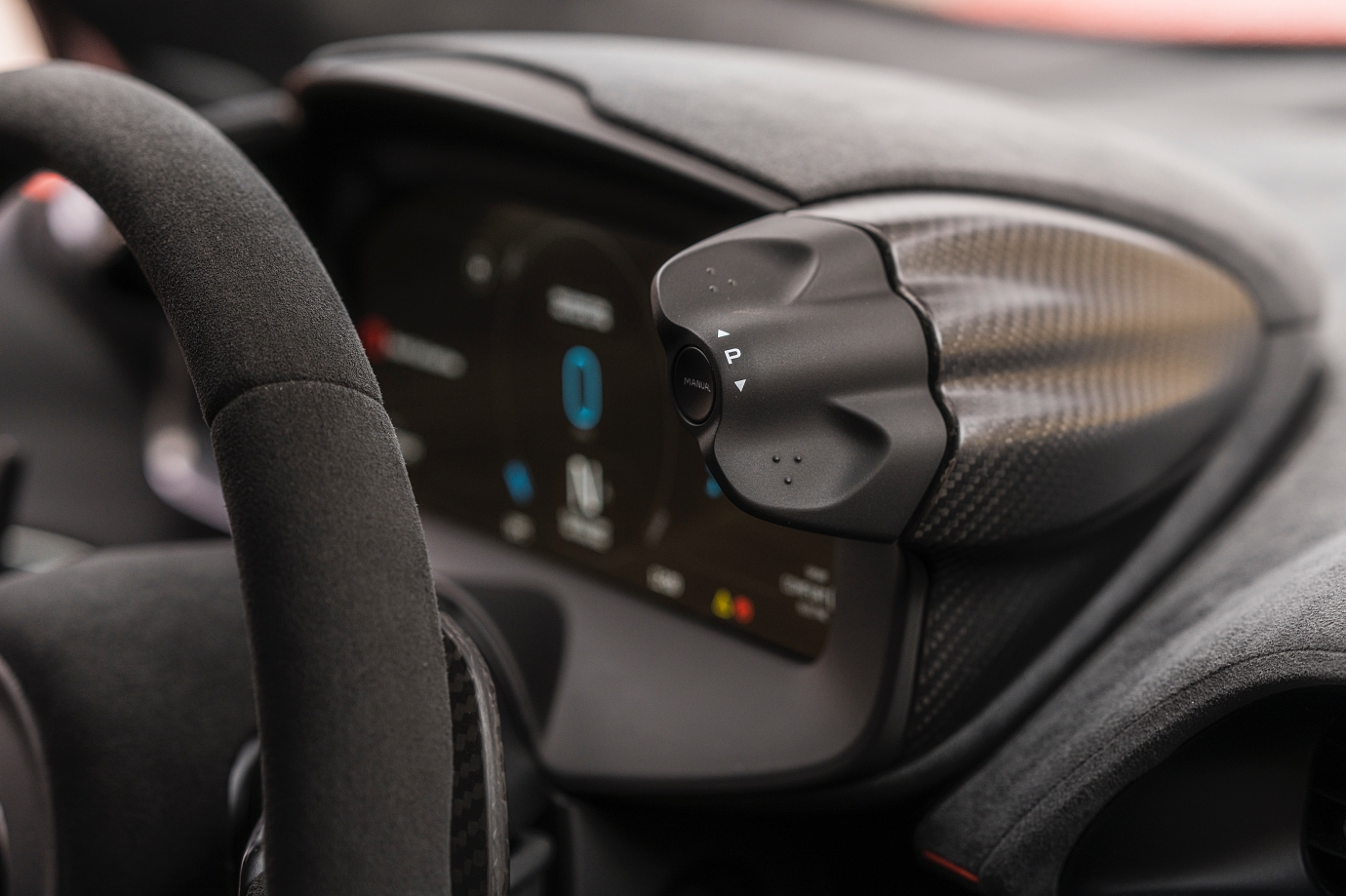
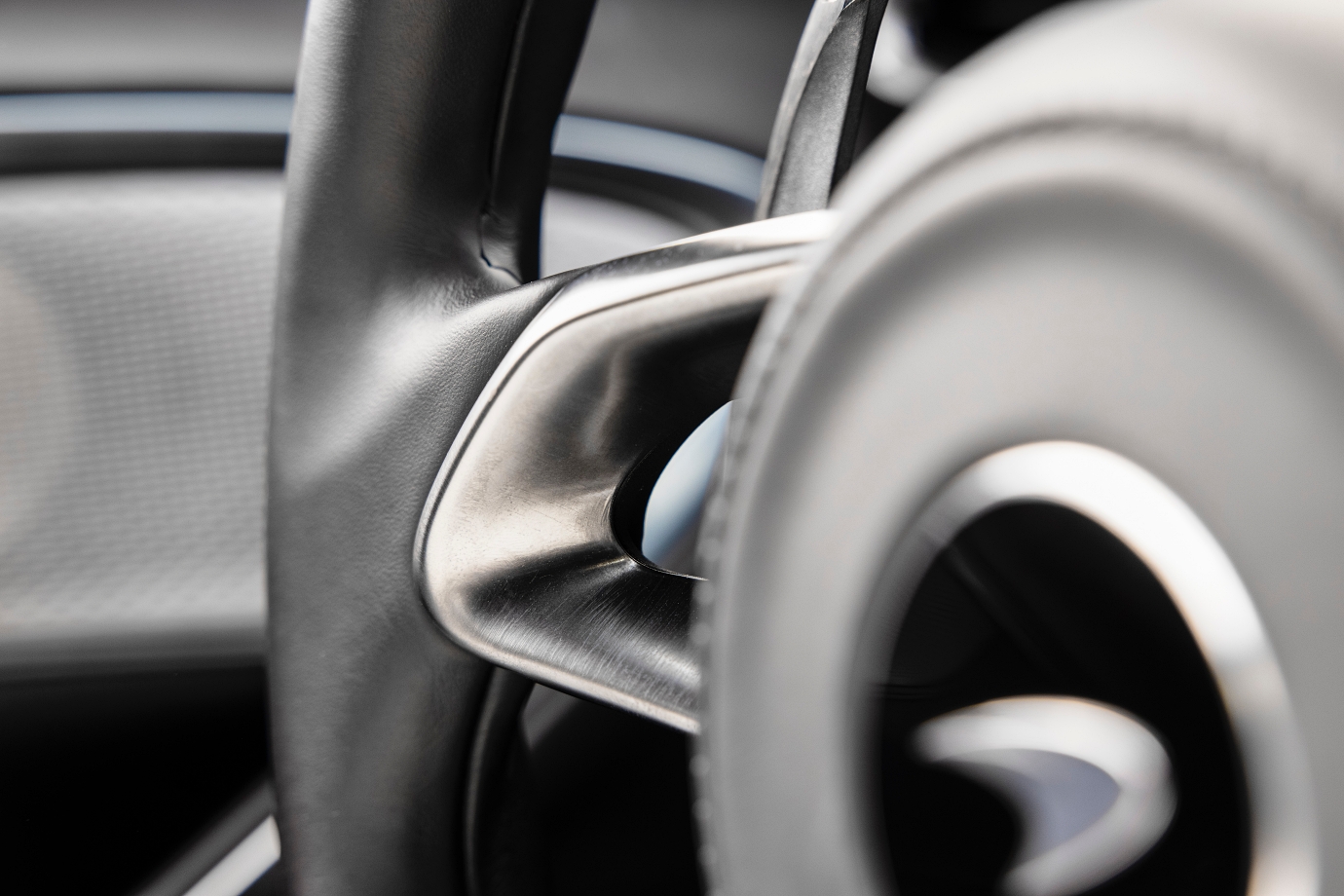
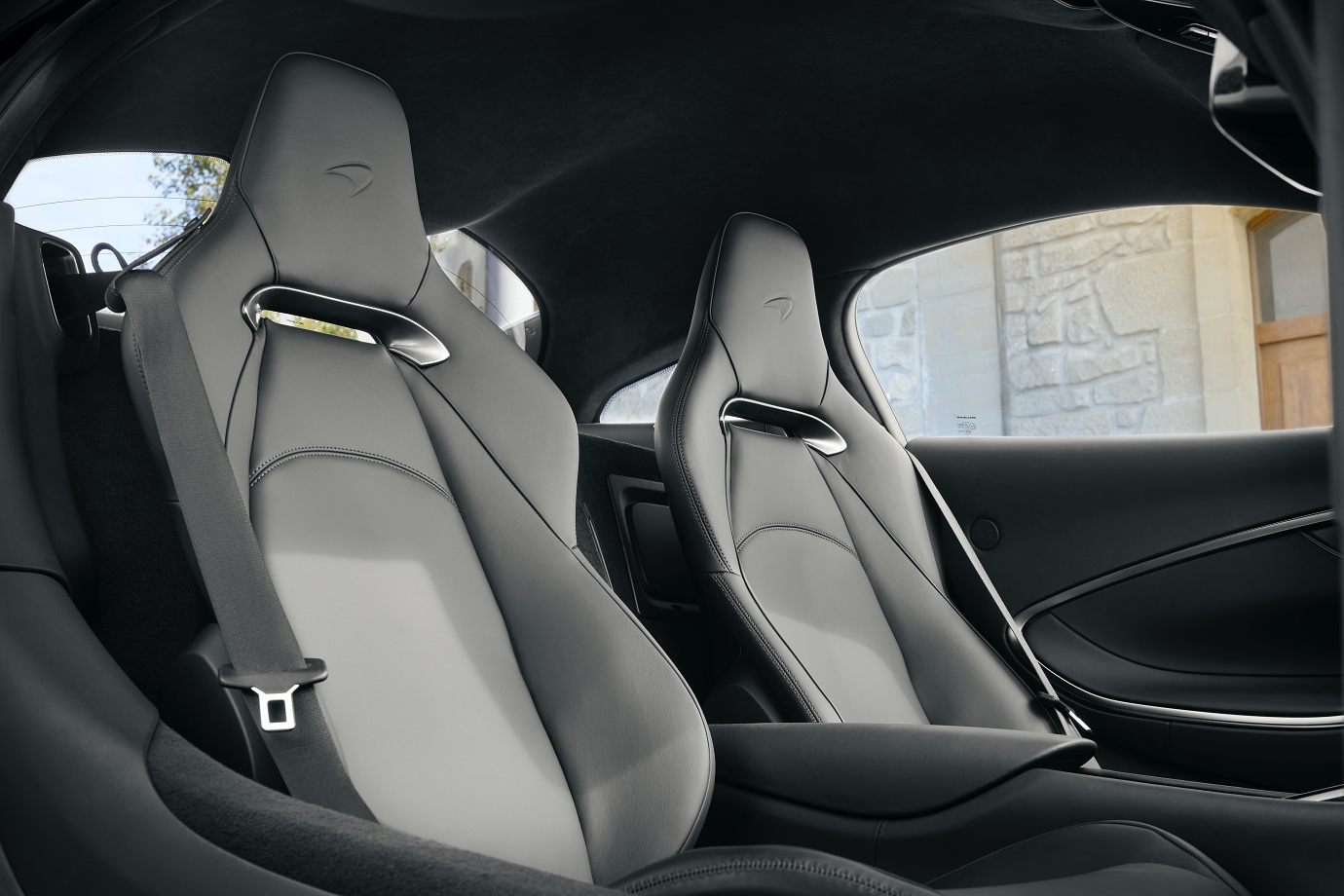
This locks the owner into the Pirelli Cyber Tyre ecosystem, but the upside is knowing the tyres have been technically optimised to work with the Artura’s dynamics.
Once you turn a wheel in anger, you quickly forget such trivialities, especially if the tyres help the Artura be the best version of itself.
On the Corsas, the Artura really comes alive around the Ascari Circuit, thanks to the ample confidence inspired by the rubber in terms of outright grip, as well as the constant communication from the incisive steering and the progressive balance between grip and no-grip as you flirt with the knife’s edge limit of the traction circle.
The Artura’s on-road comportment and civility is excellent and you can almost forget you’re in a sportscar, that is until the roads transform from straight to squiggly and the throaty V6 explodes in rapture.
There’s a sense of occasion as you hunker yourself even deeper into the all-new snug, Clubsport sports seats to prep yourself for the engaging drive ahead.
It’s a marvel of modern engineering that the Artura can serve up such an organic, natural feel in spite of its quasi-electric underpinnings. Needless to say, the hybrid powerplant isn’t just ballistic in a straight-line, but possesses the elasticity to let you slingshot the Artura out of the corners with breathtaking conviction as well.
The joy of stringing together a series of corners translates to sheer poetry in motion and with the Artura, there’s not just a lot of Art and Science, but also a whole lot of Soul as well!
PHOTOS McLaren
McLaren Artura
Engine 2993cc, V6, twin-turbo, electric motor
Power/rpm 585hp/7500rpm
Torque/rpm 585Nm/2250-7000rpm
Electric Motor Axial Flux e-motor, 7.4kWh
System Power/rpm 680hp/7500rpm
System Torque/rpm 720Nm/2250rpm
Transmission 8spd Speed Seamless Shift SSG dual-clutch
0-100km/h 3.0secs
Top Speed 330km/h (electronically limited)
Fuel Consumption 4.6l/100km
CO2 104g/km
